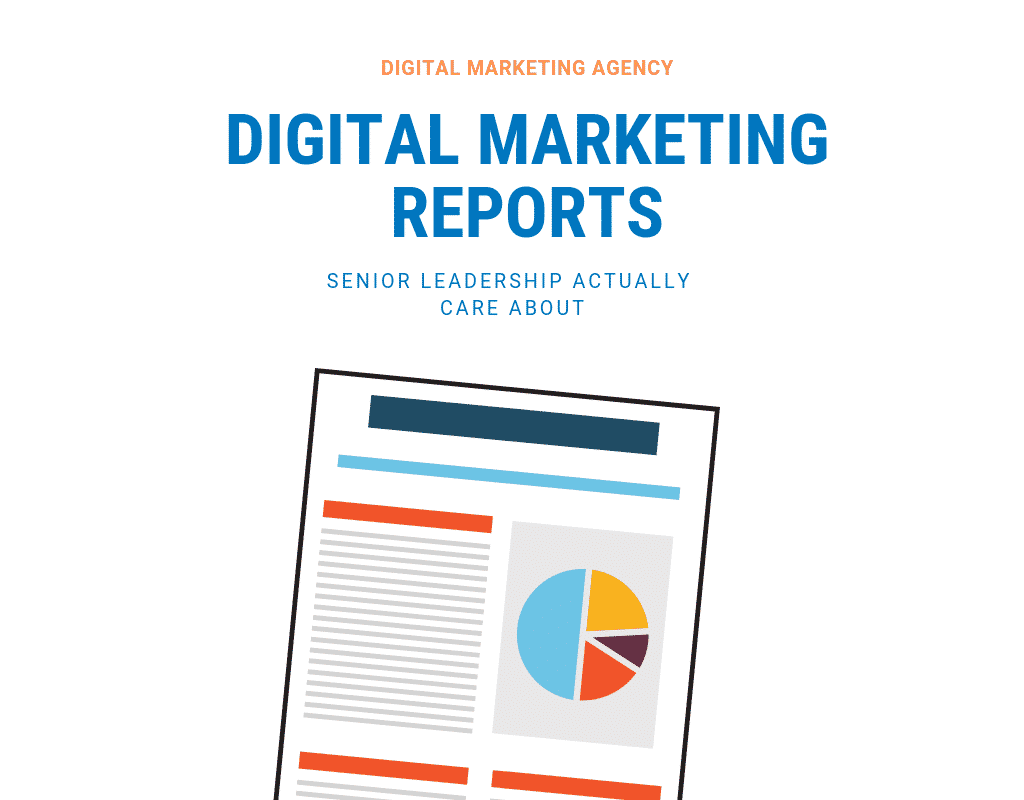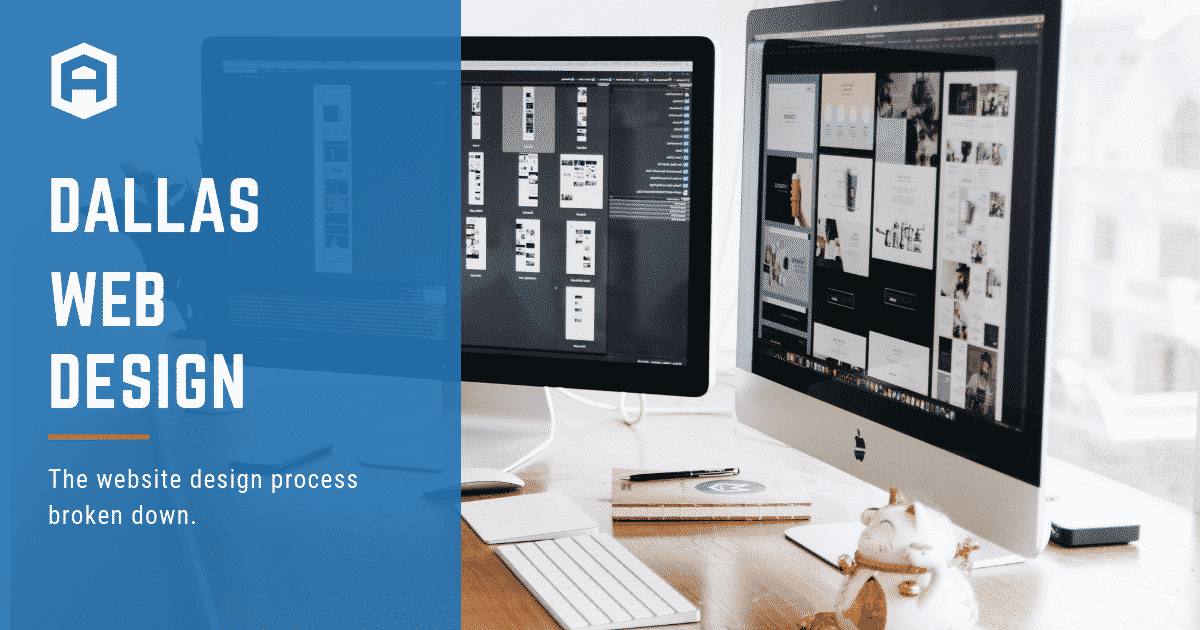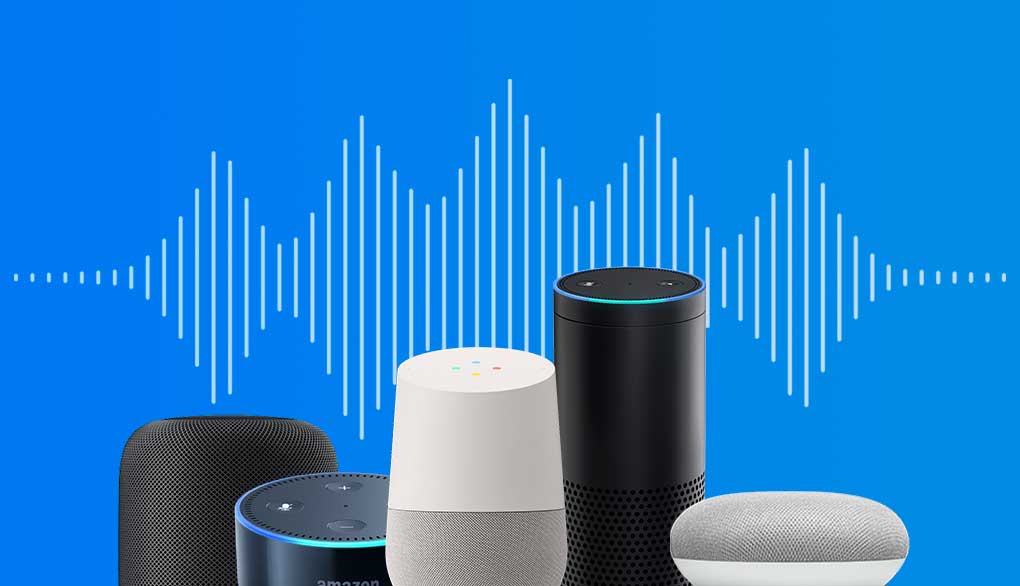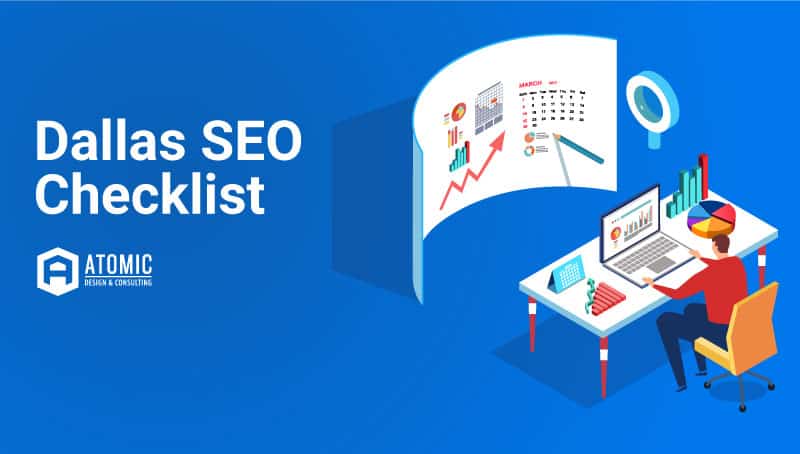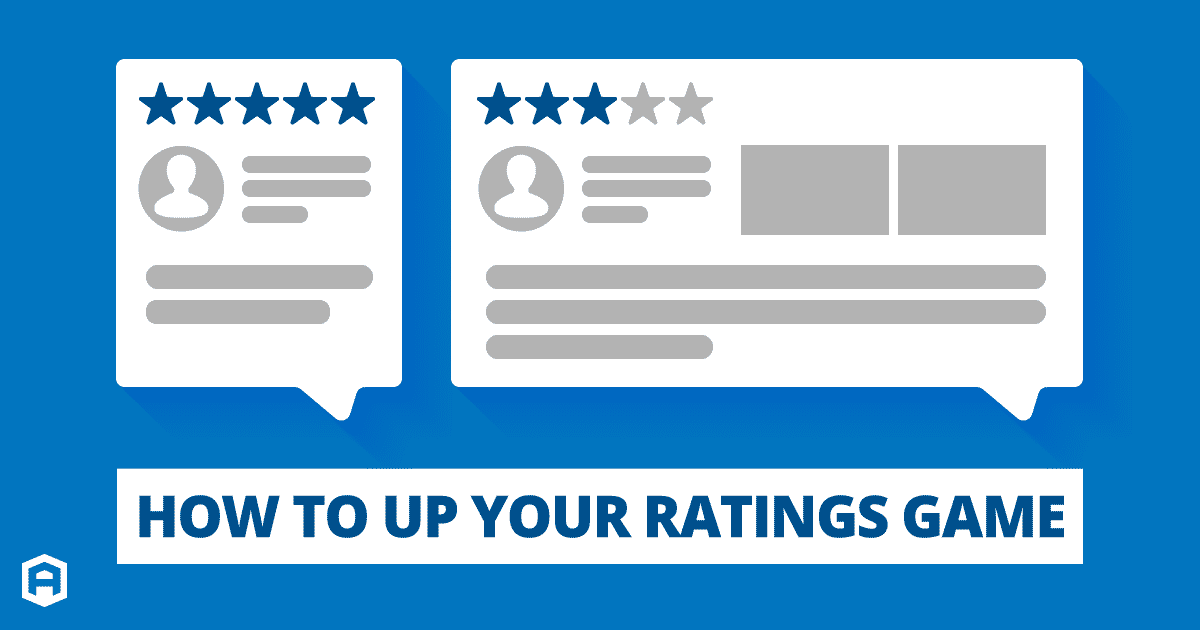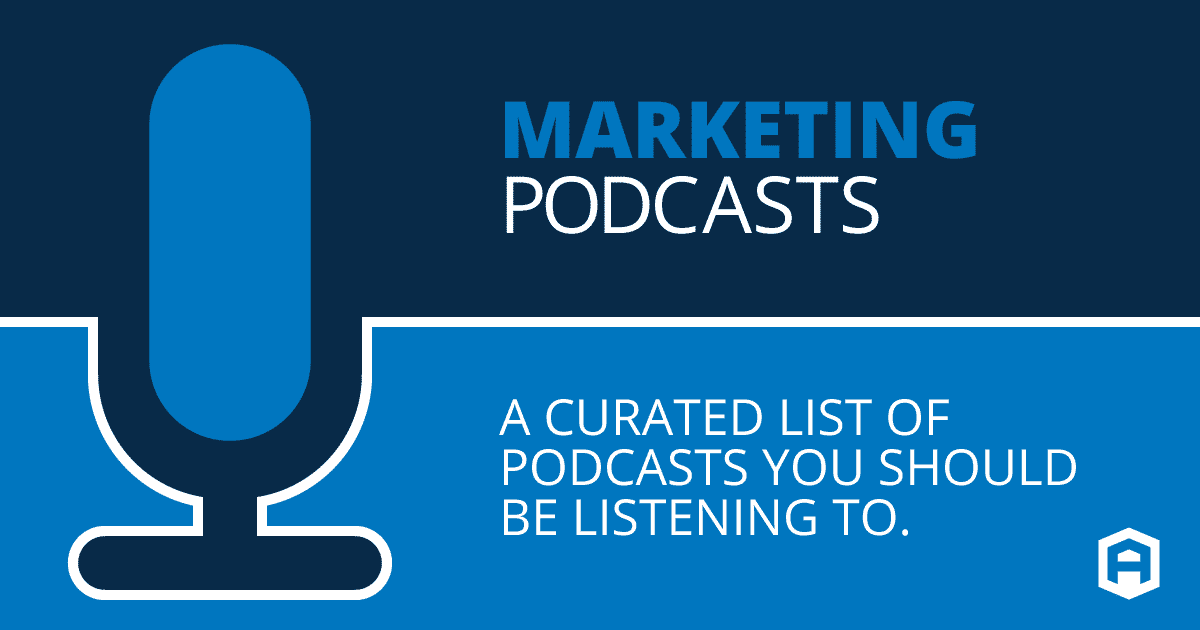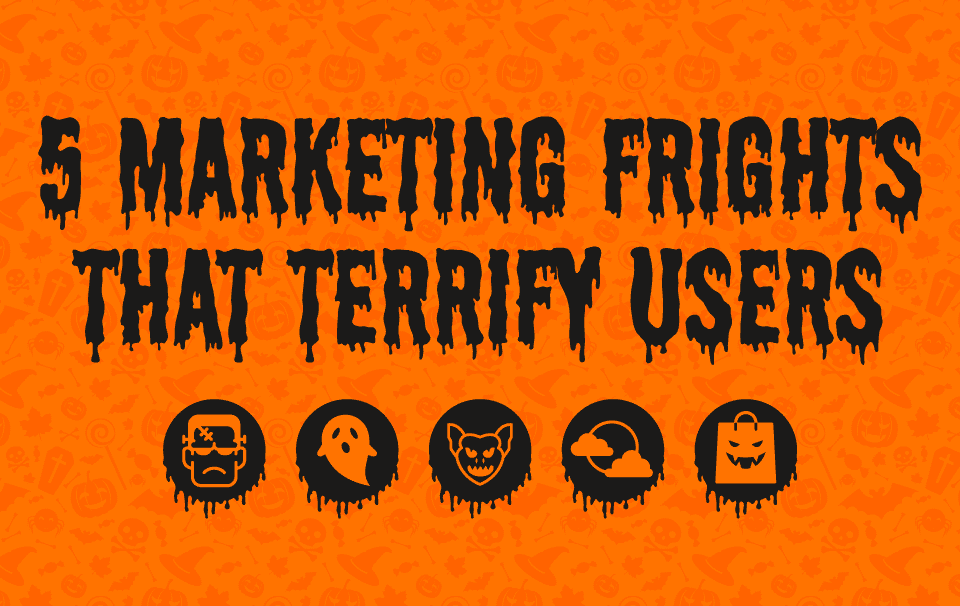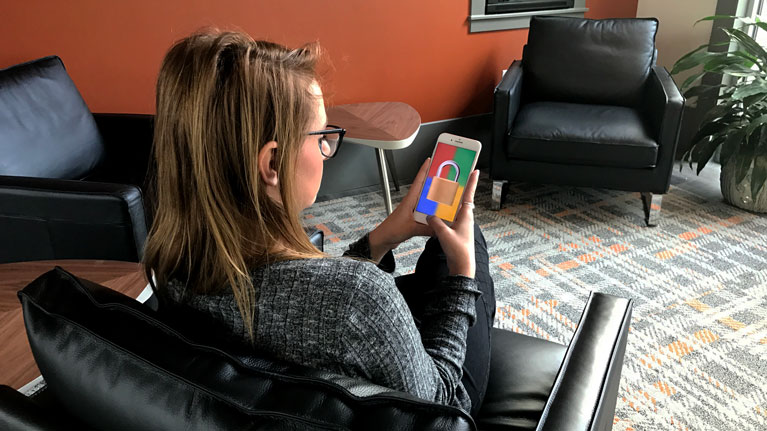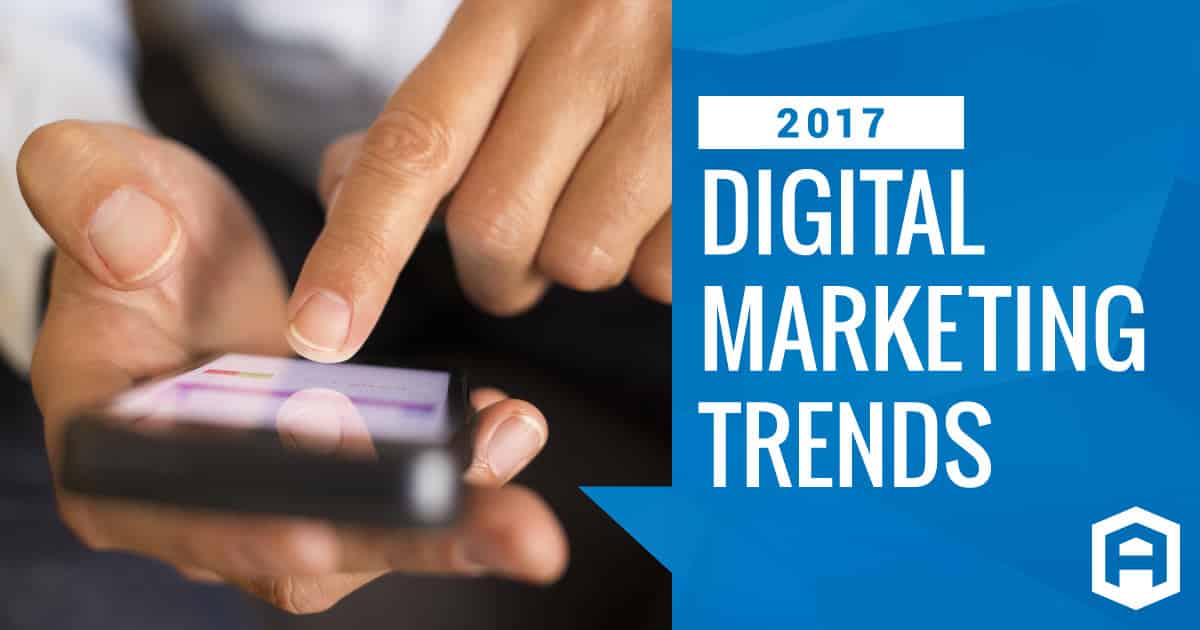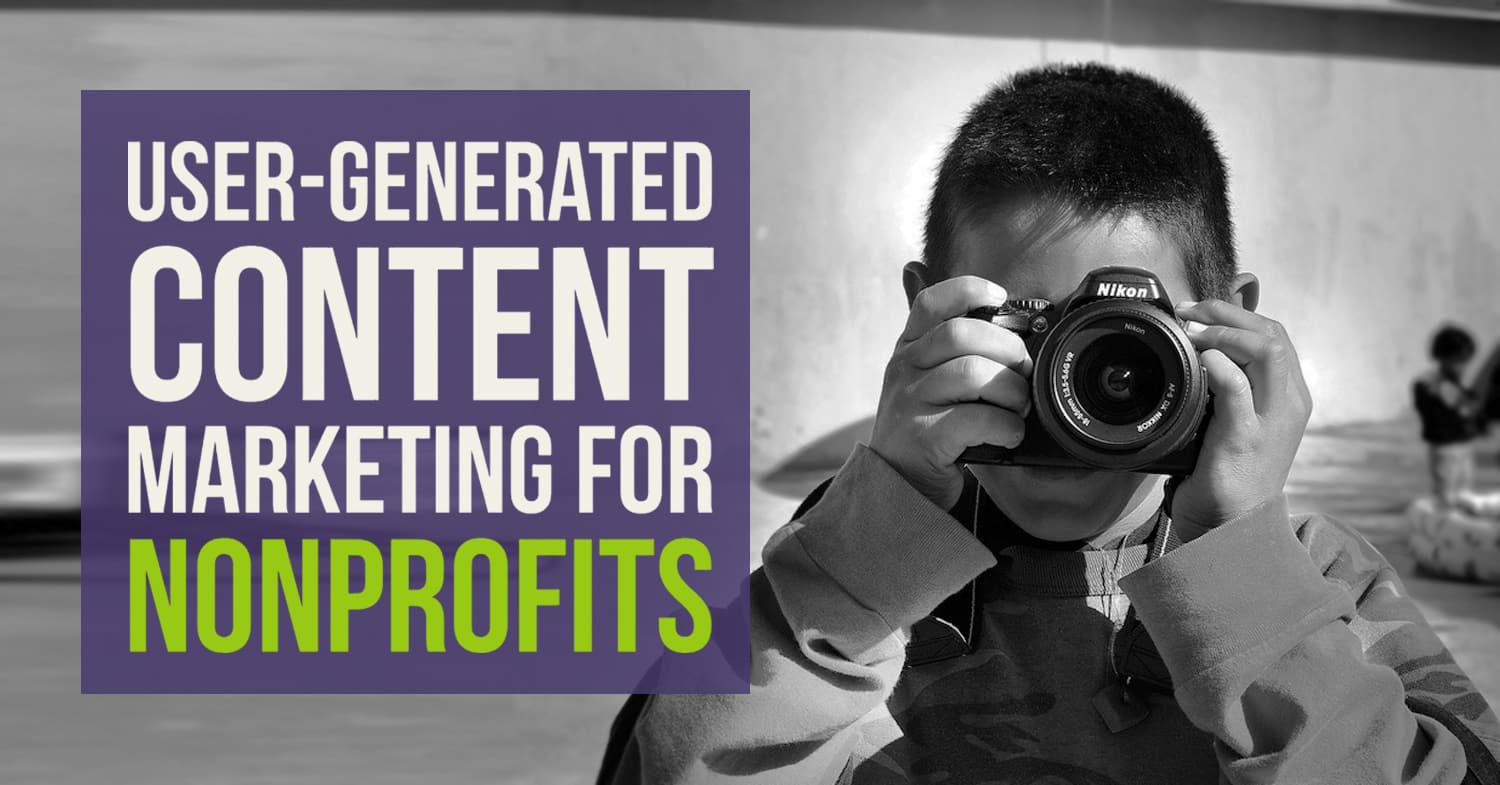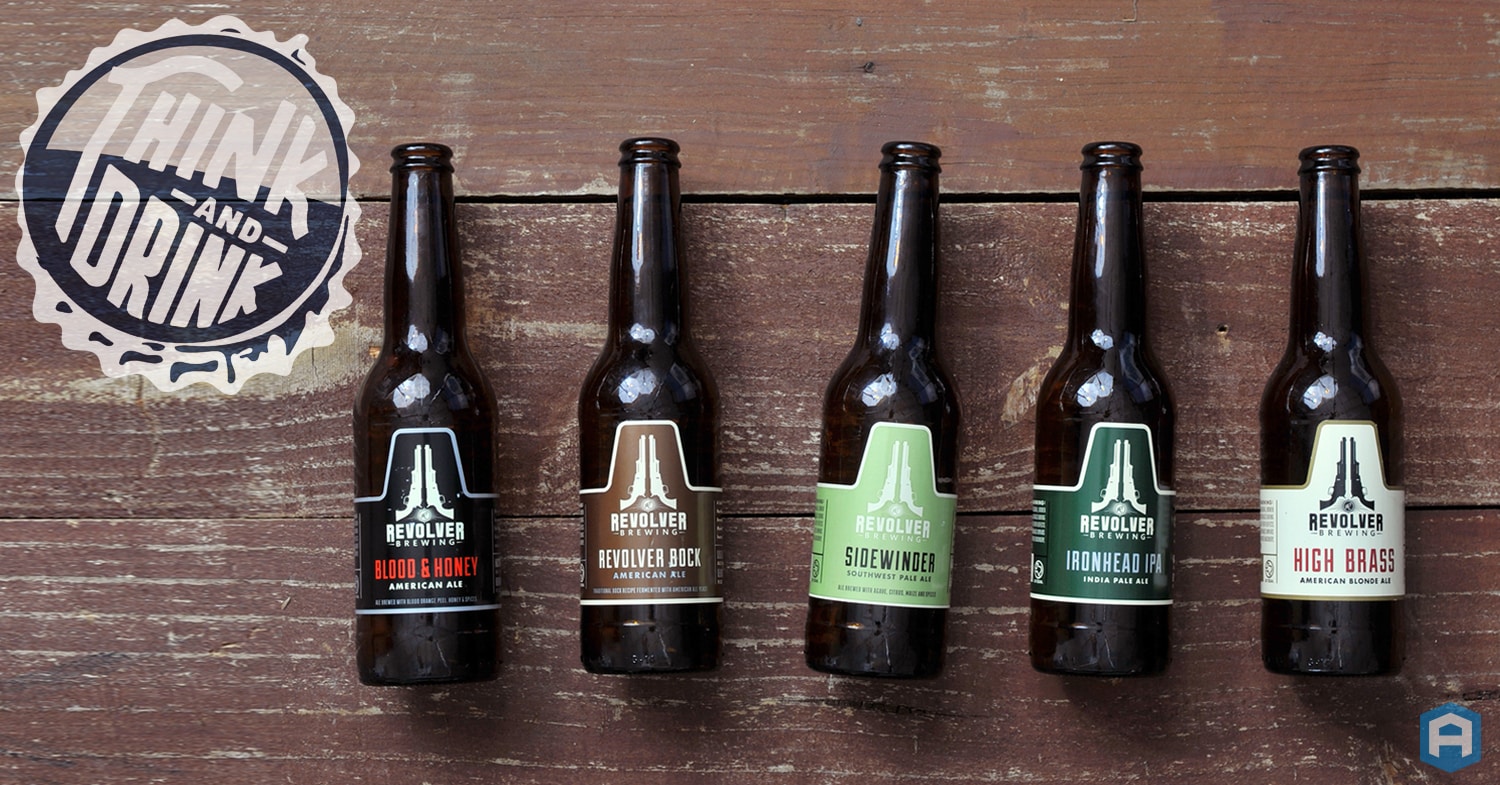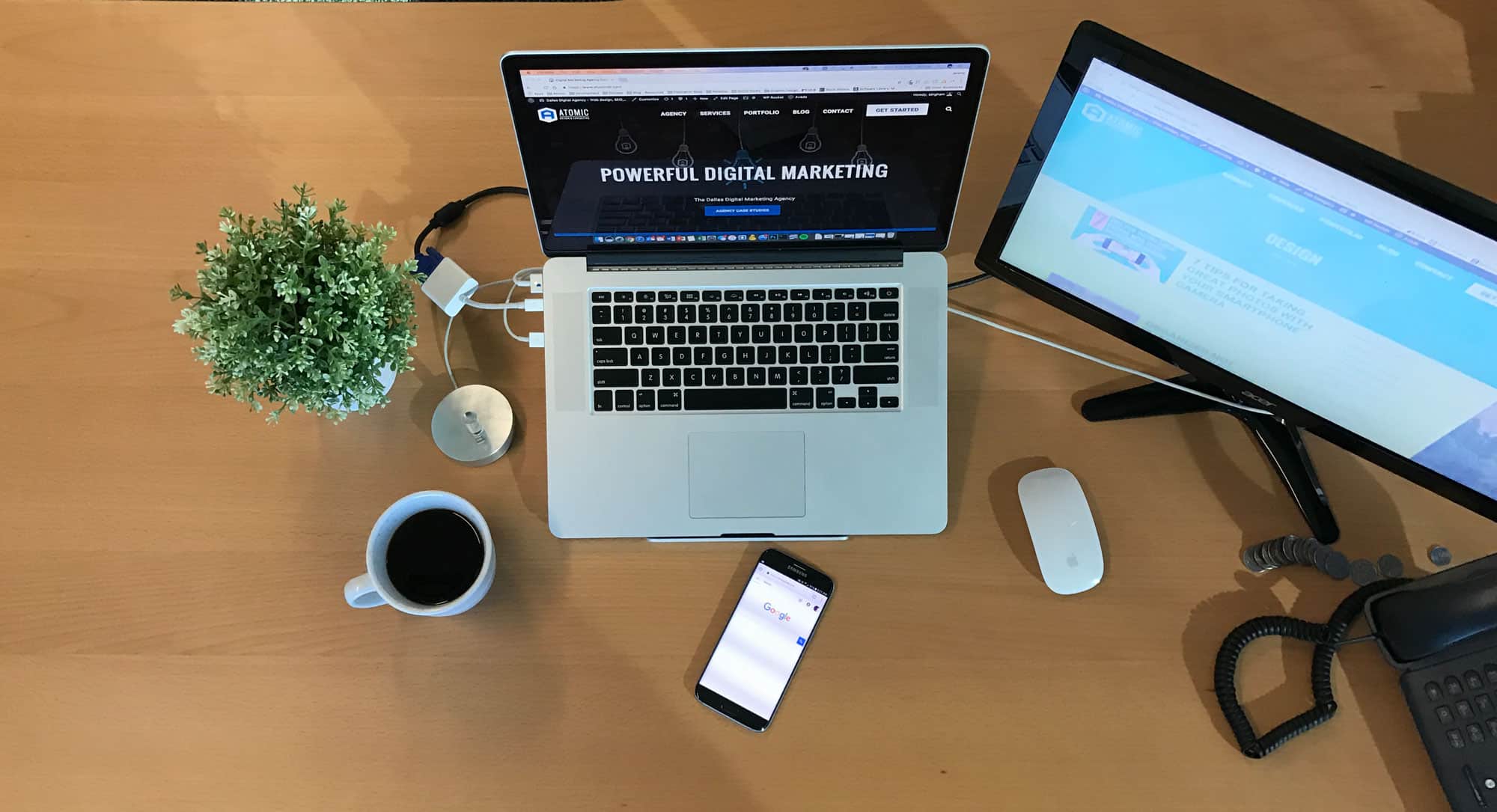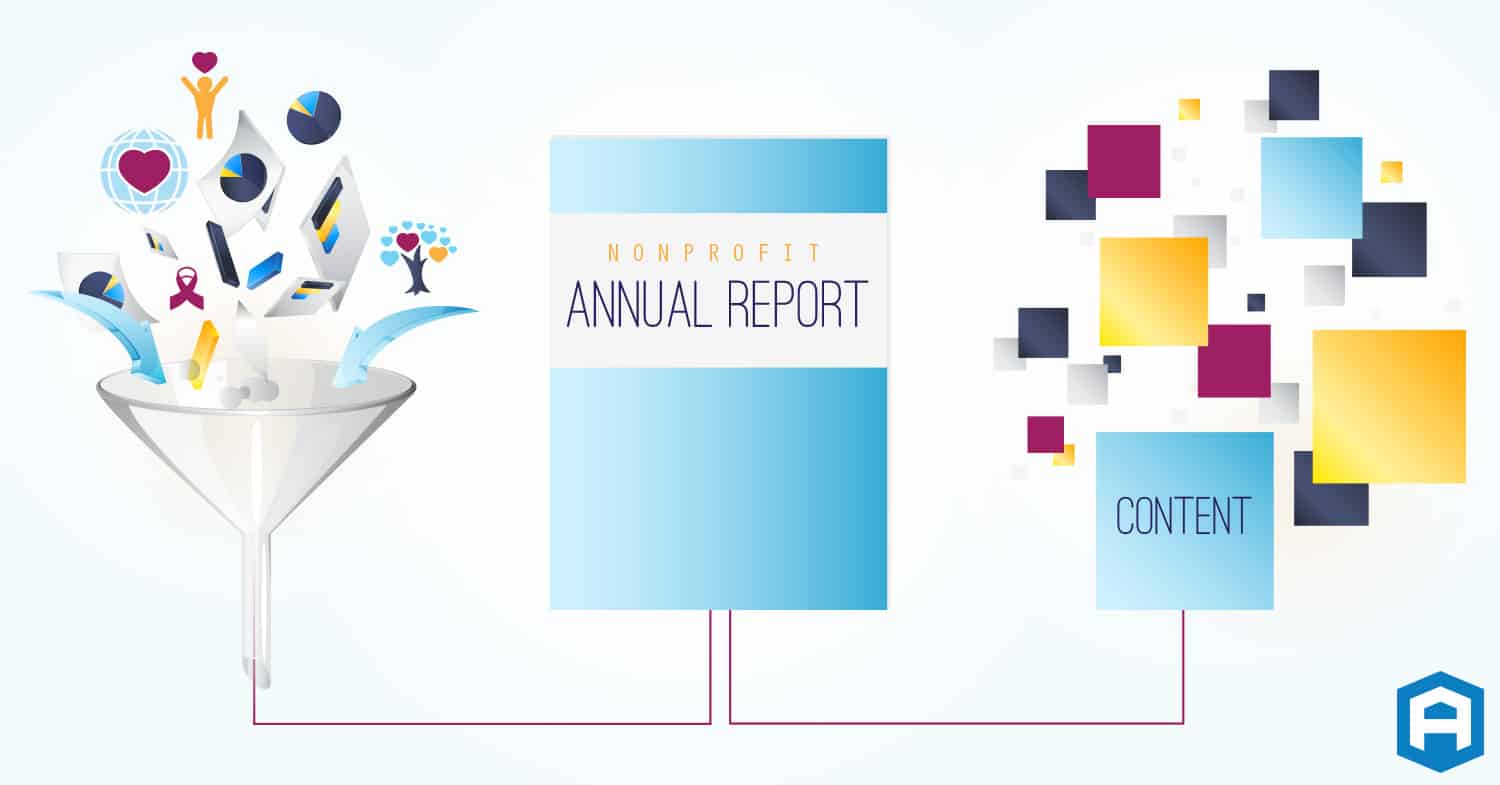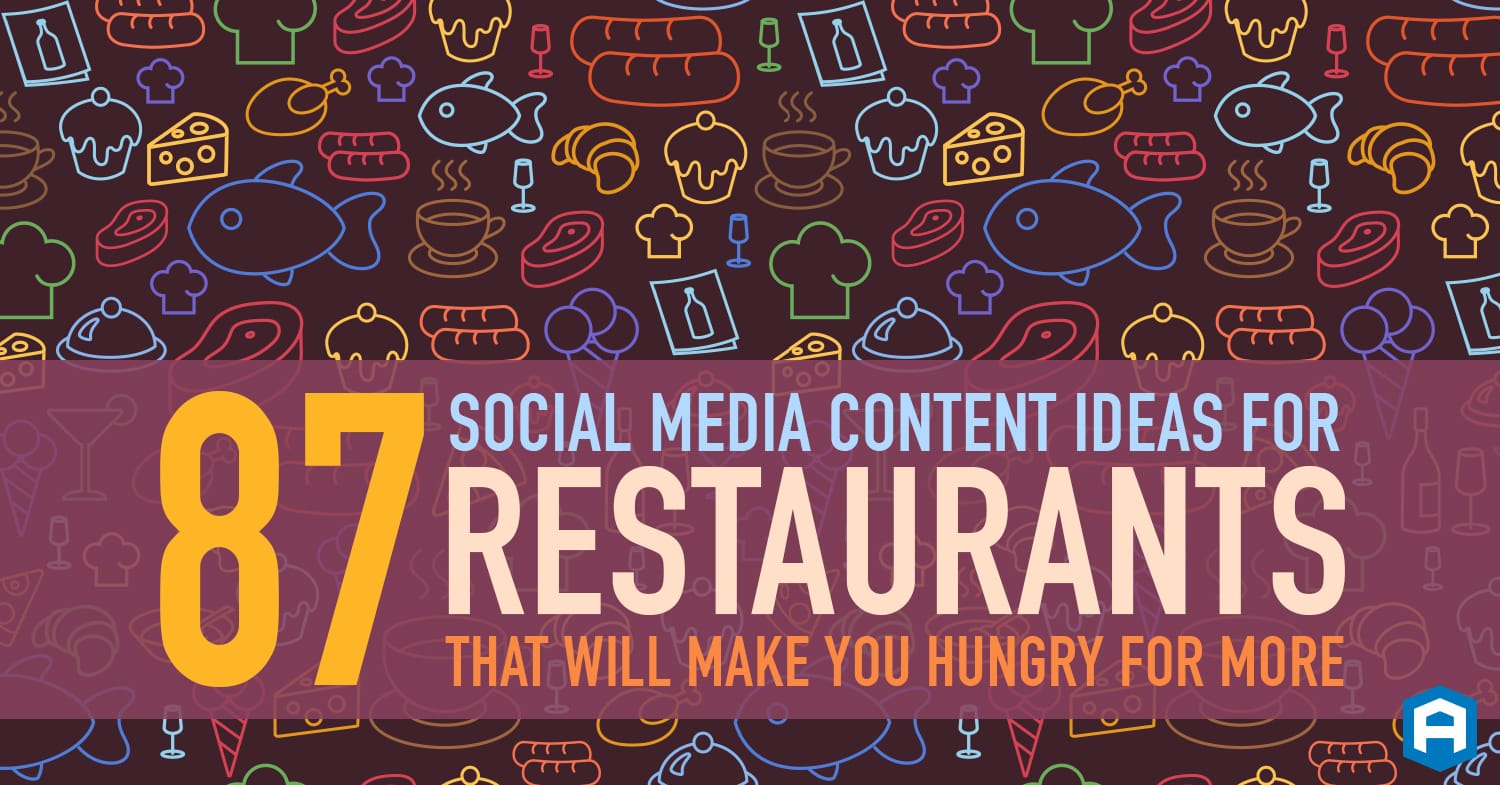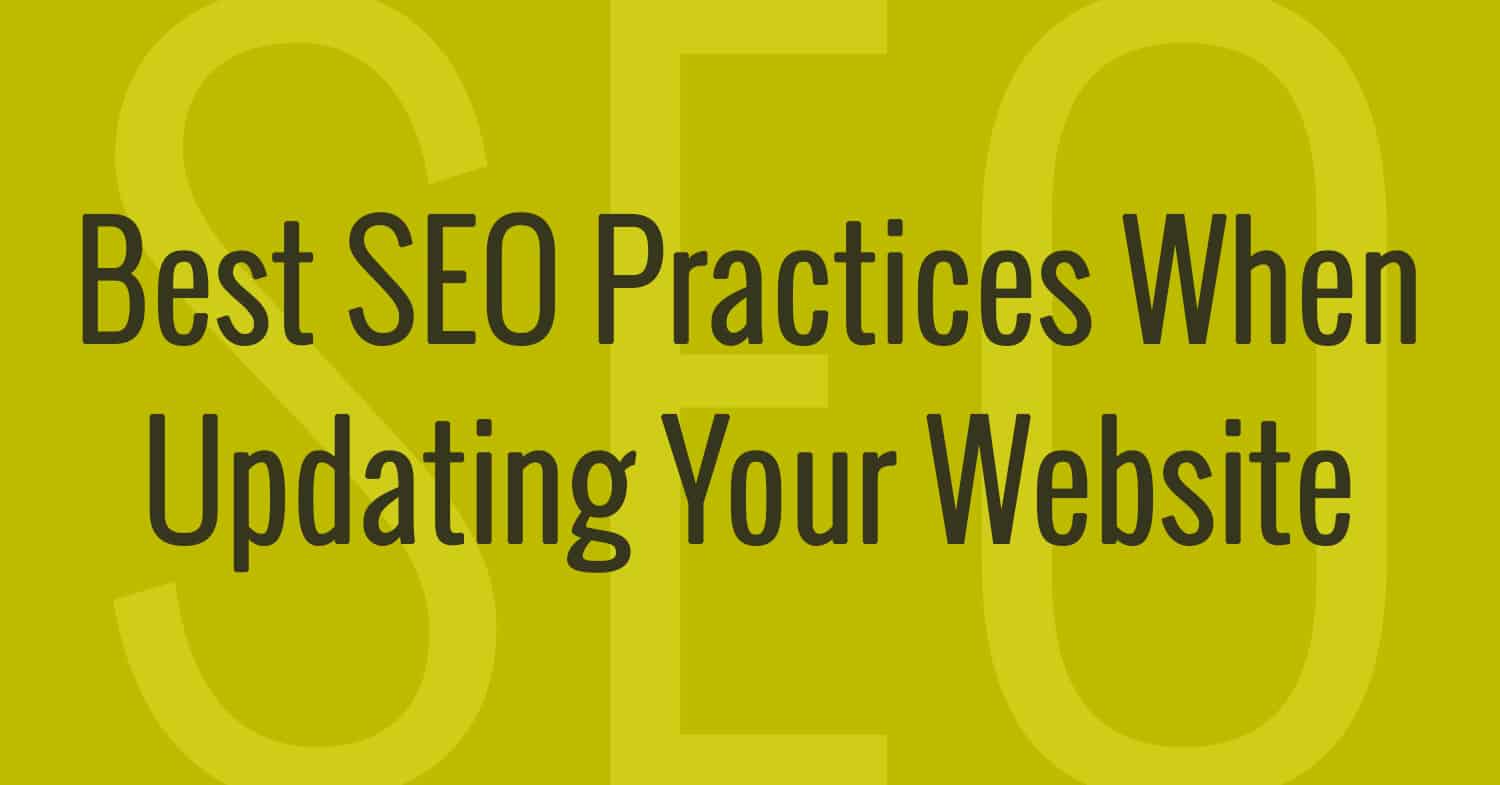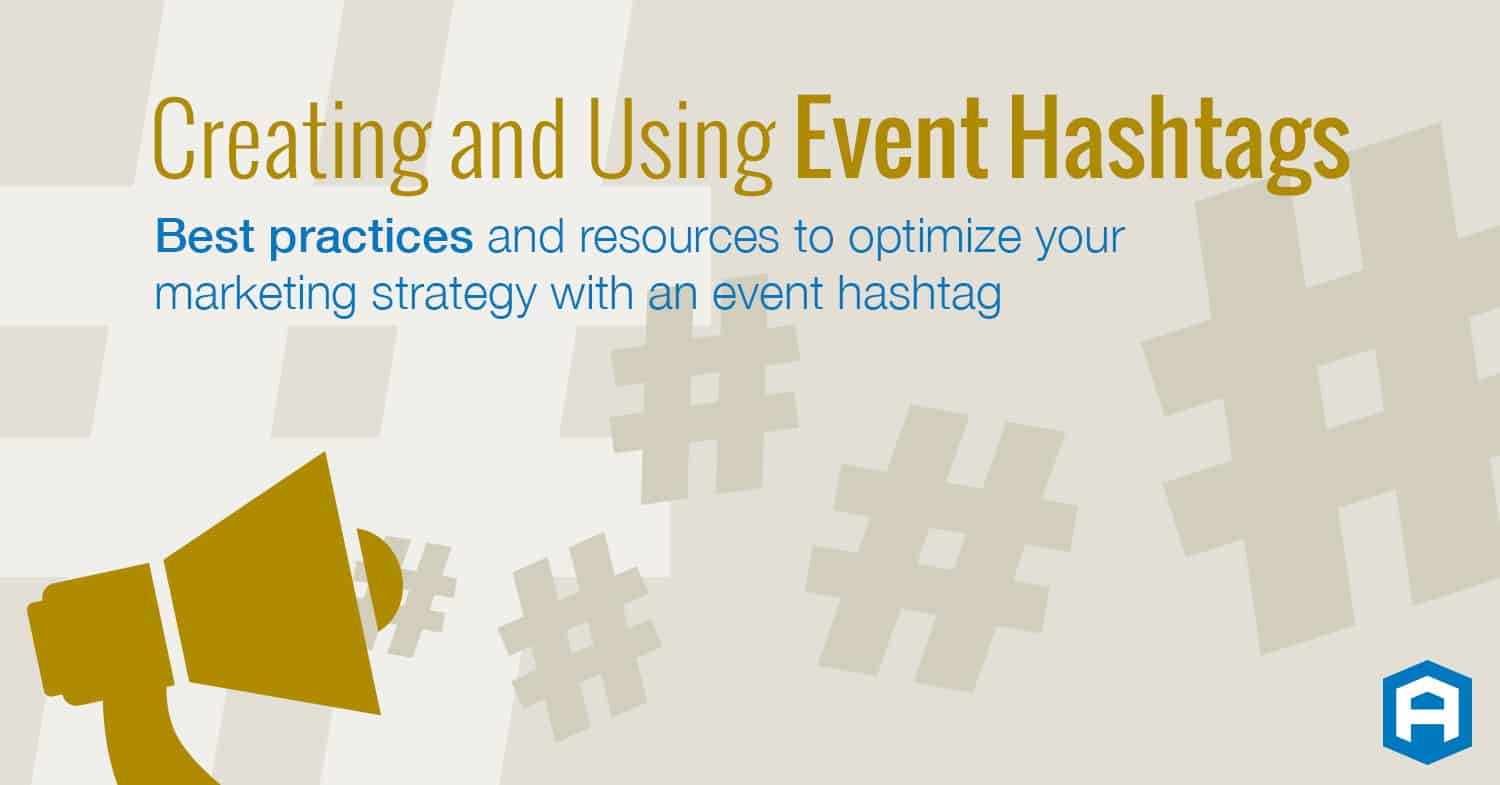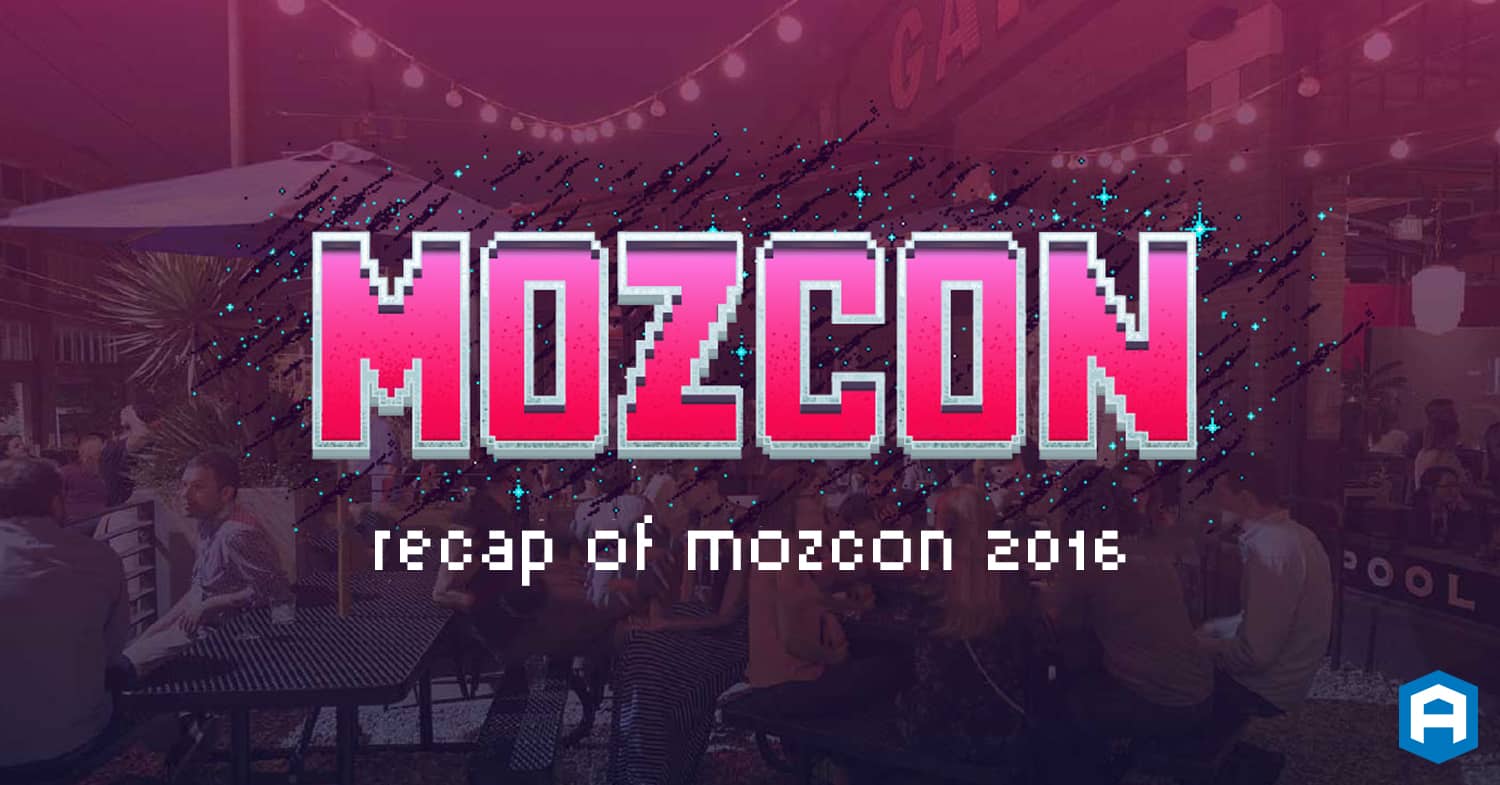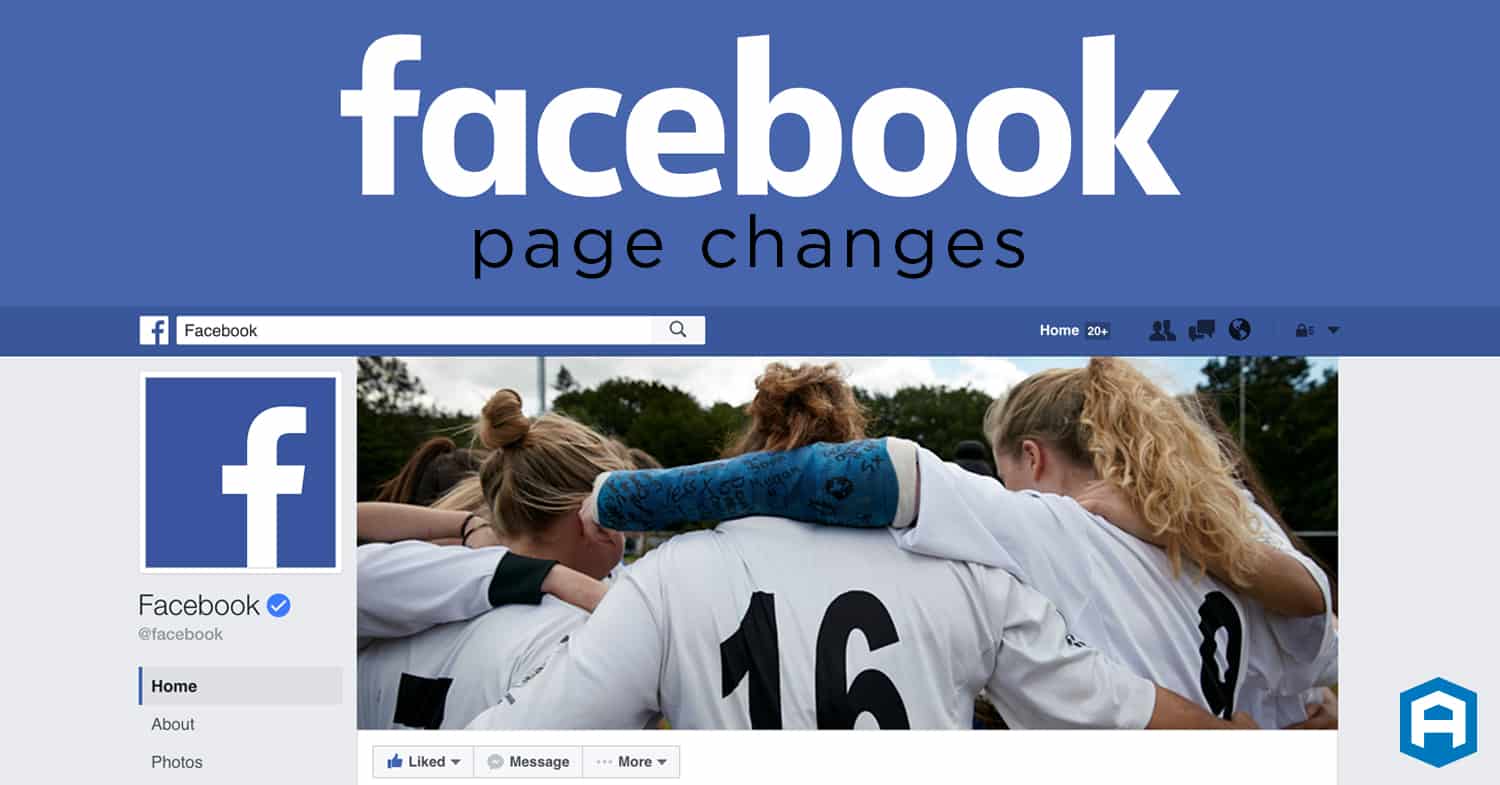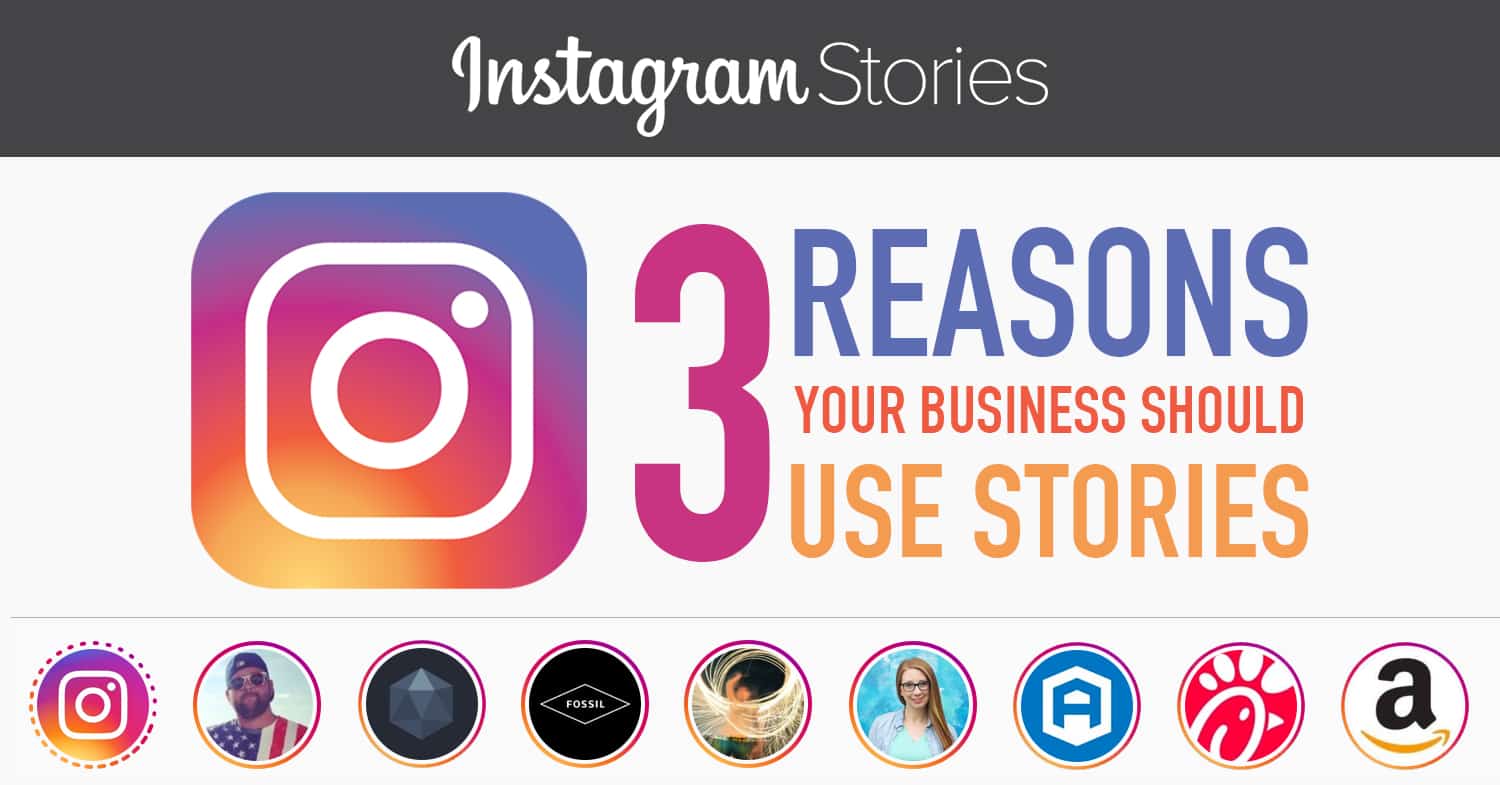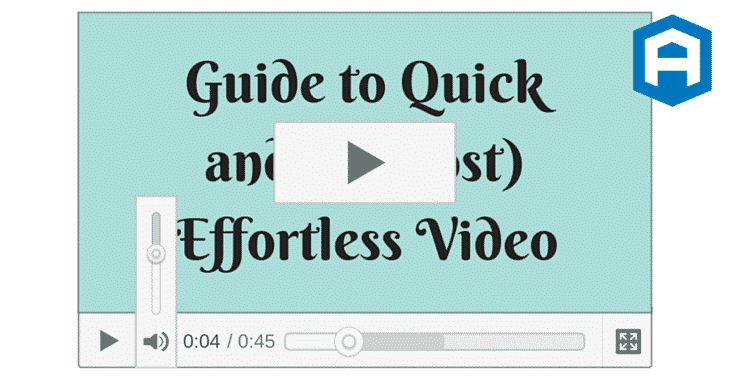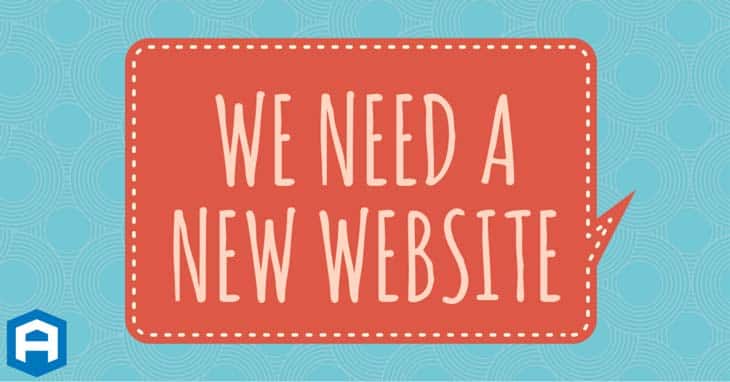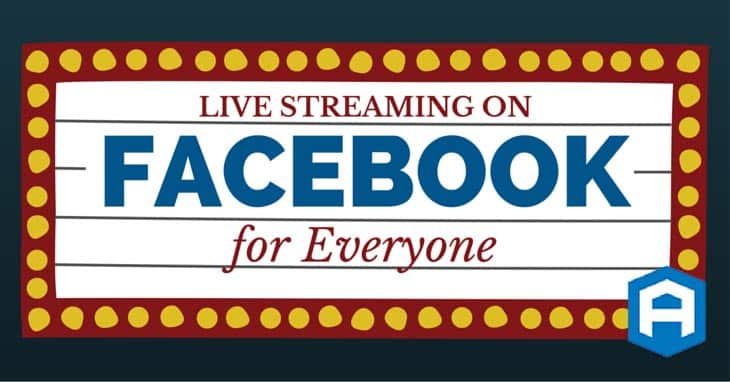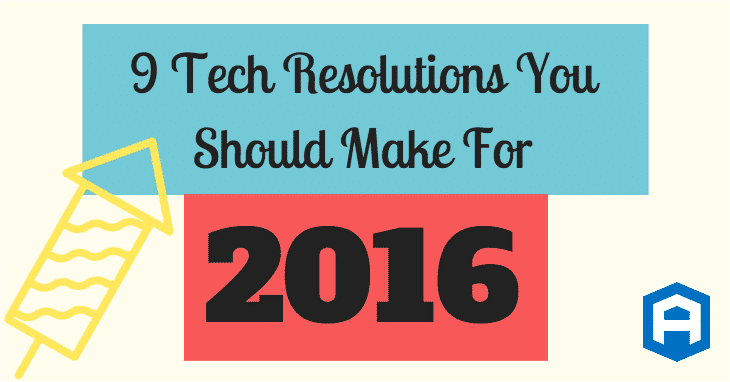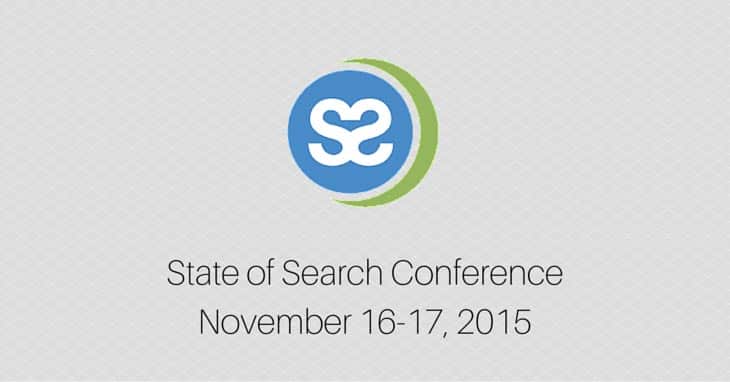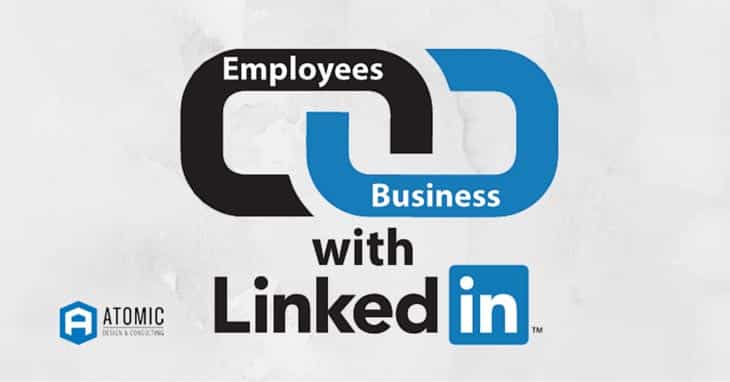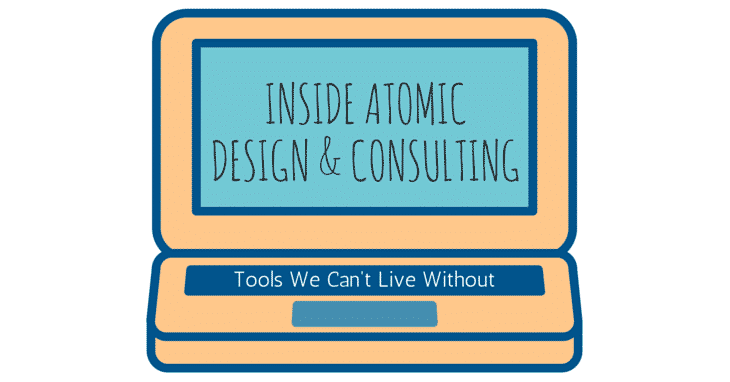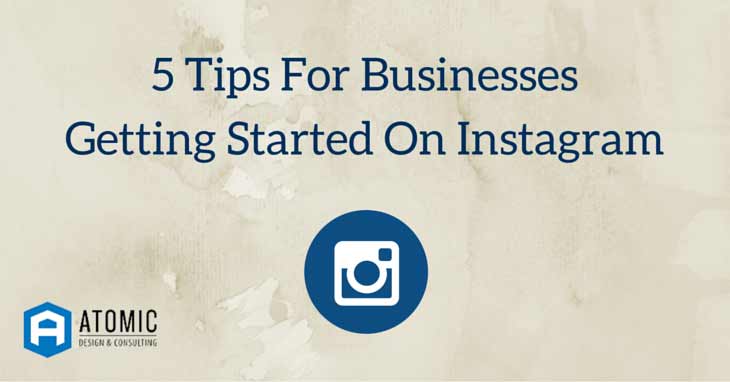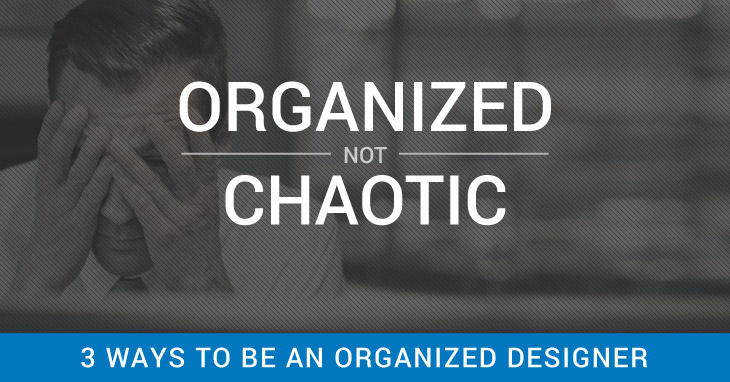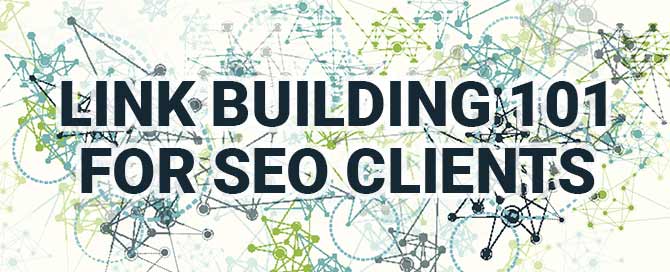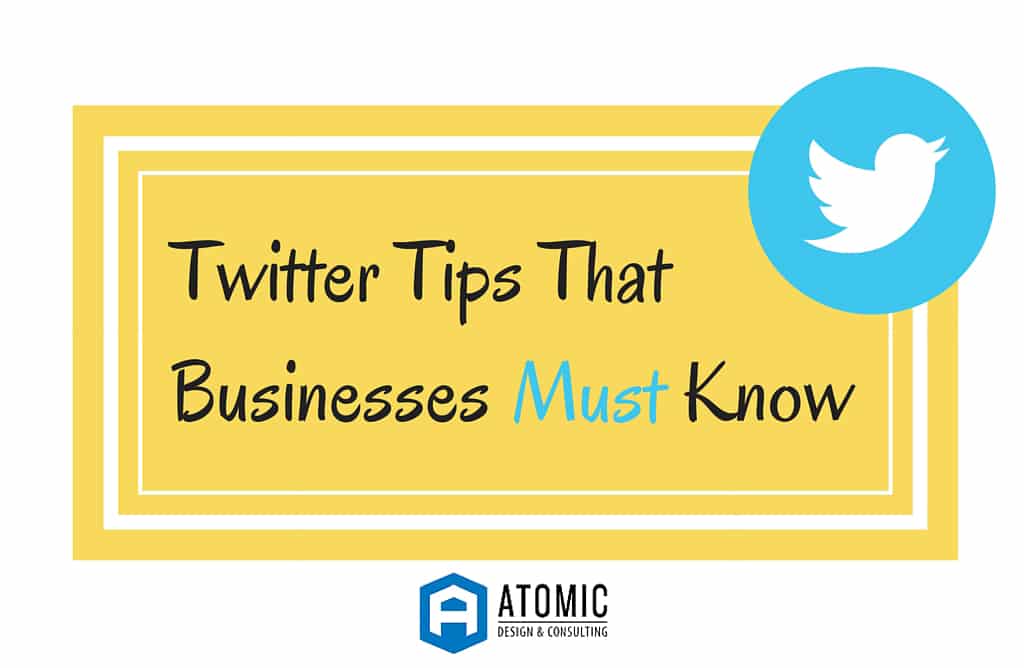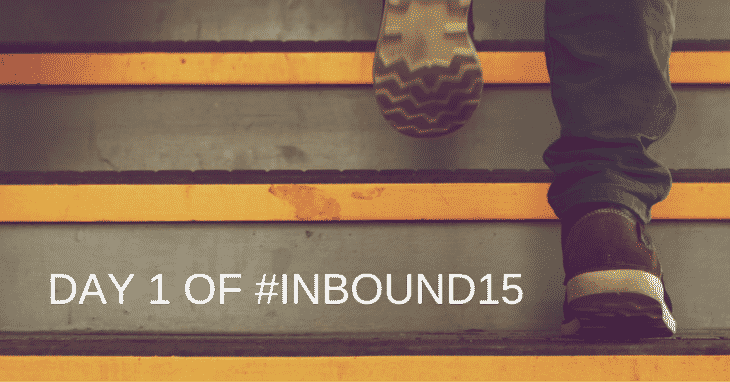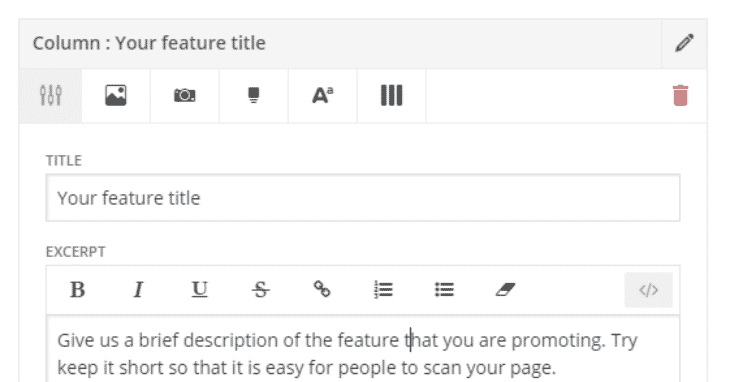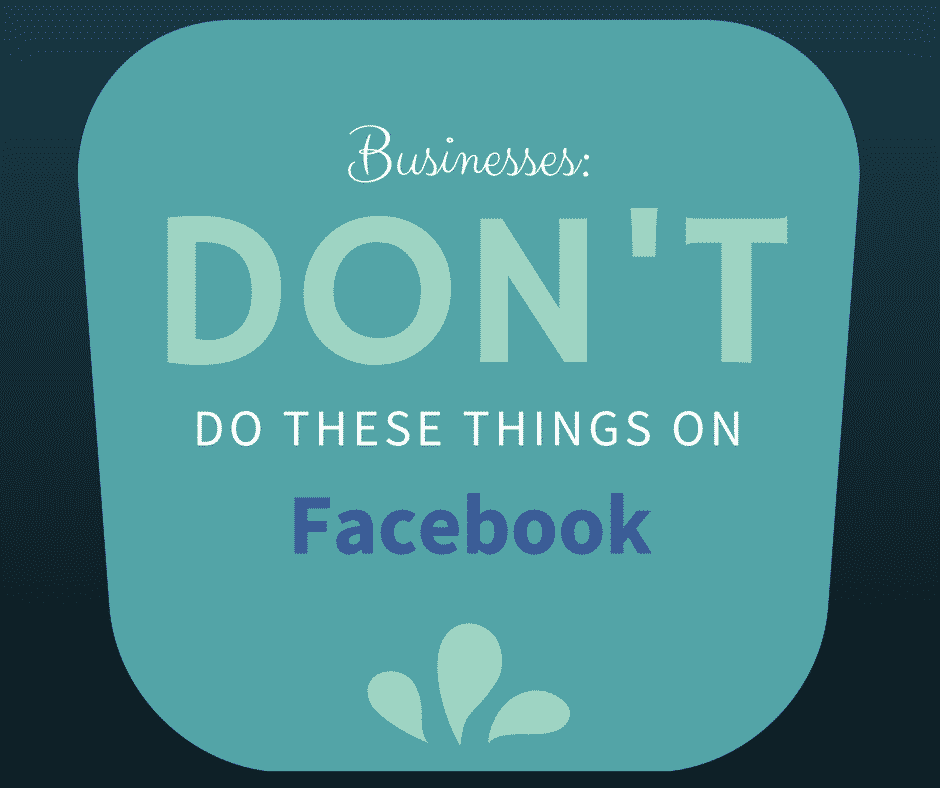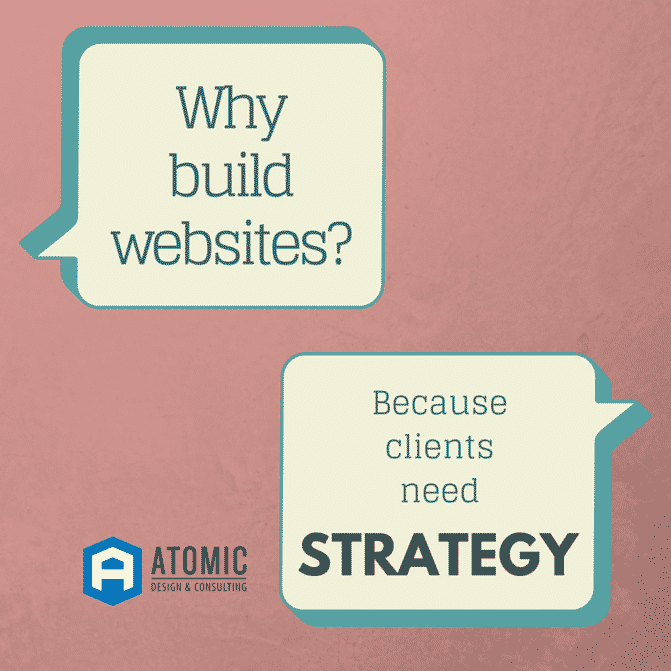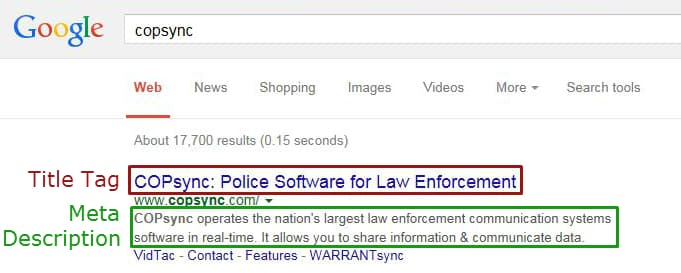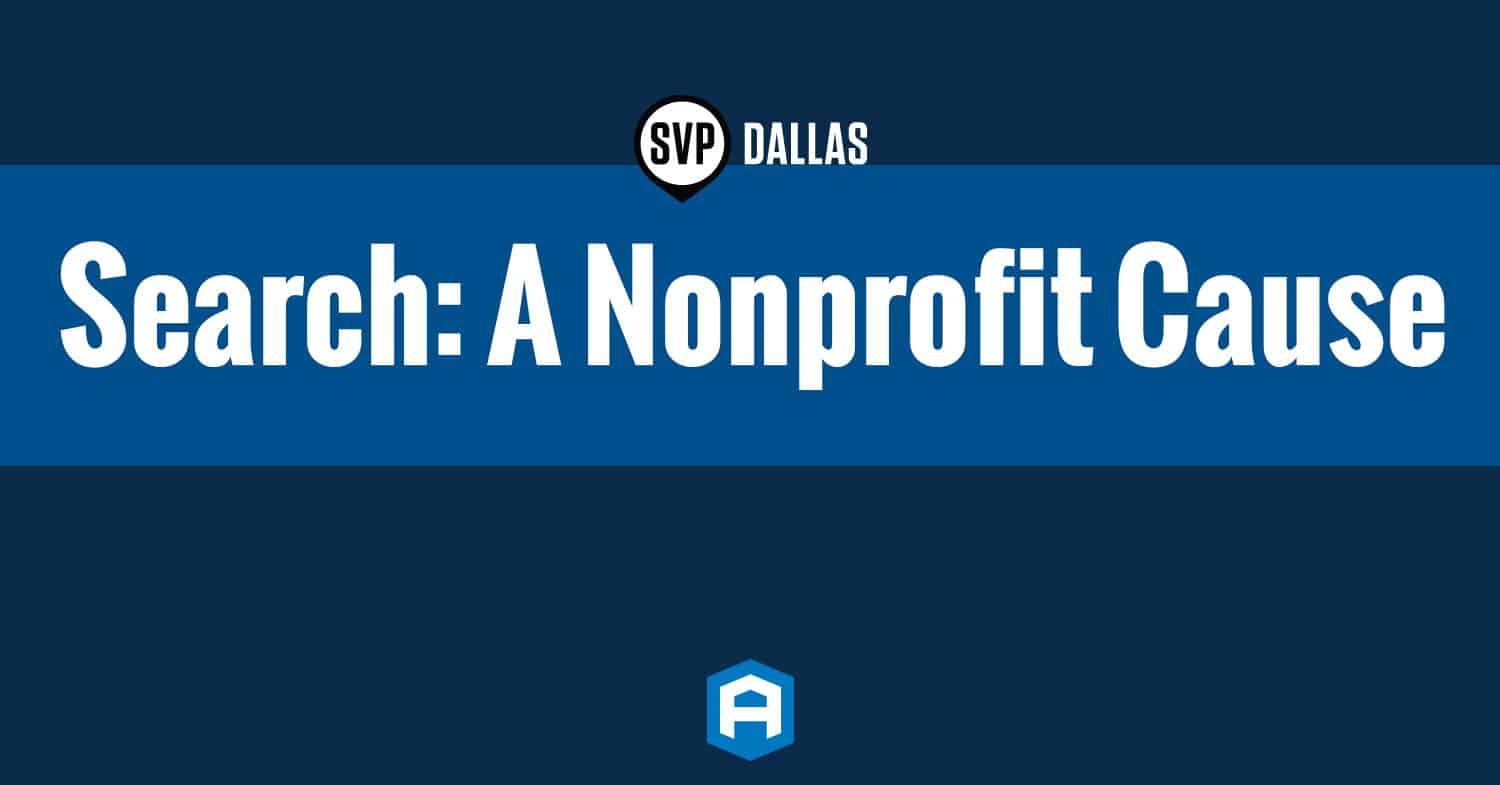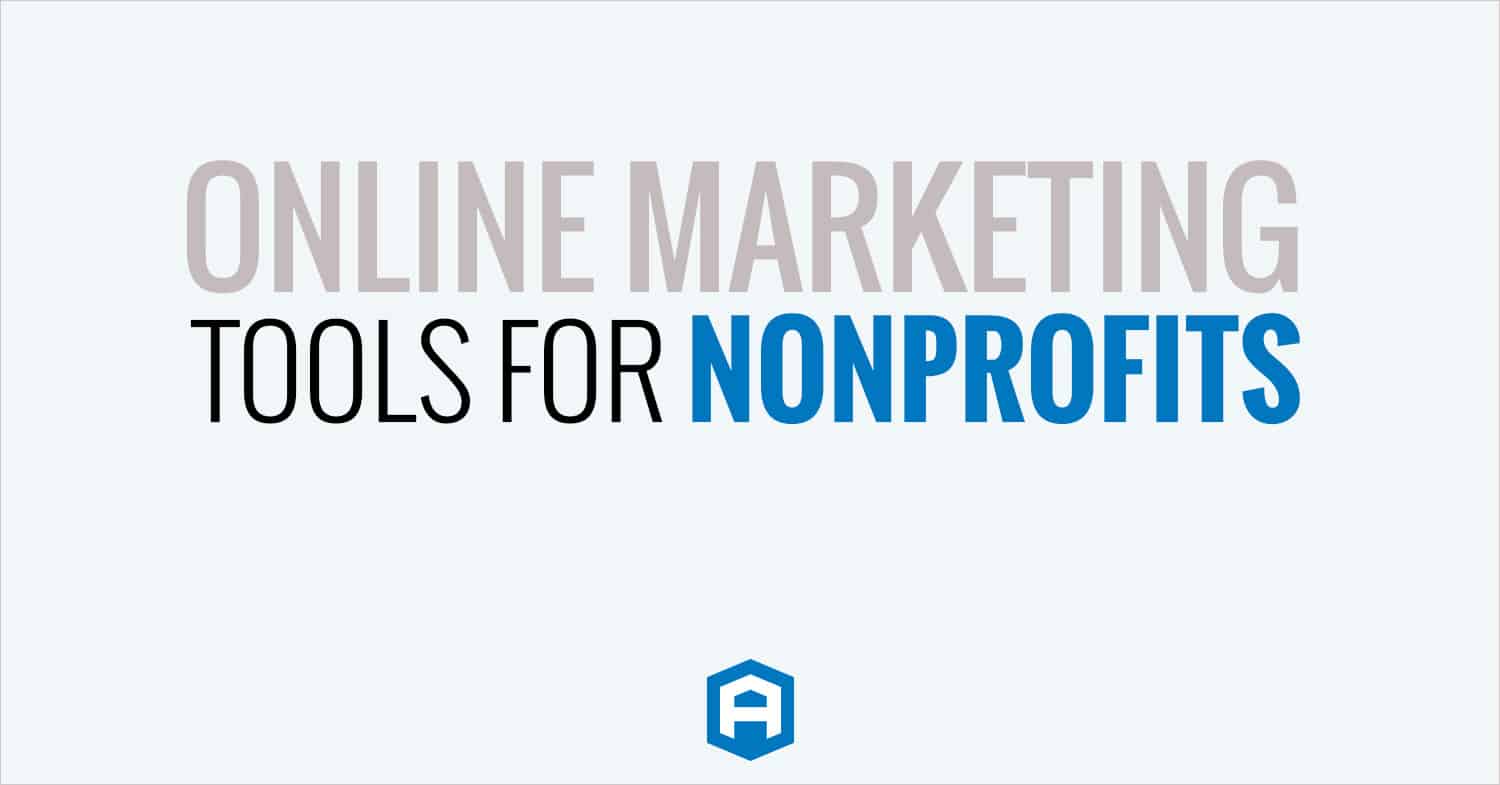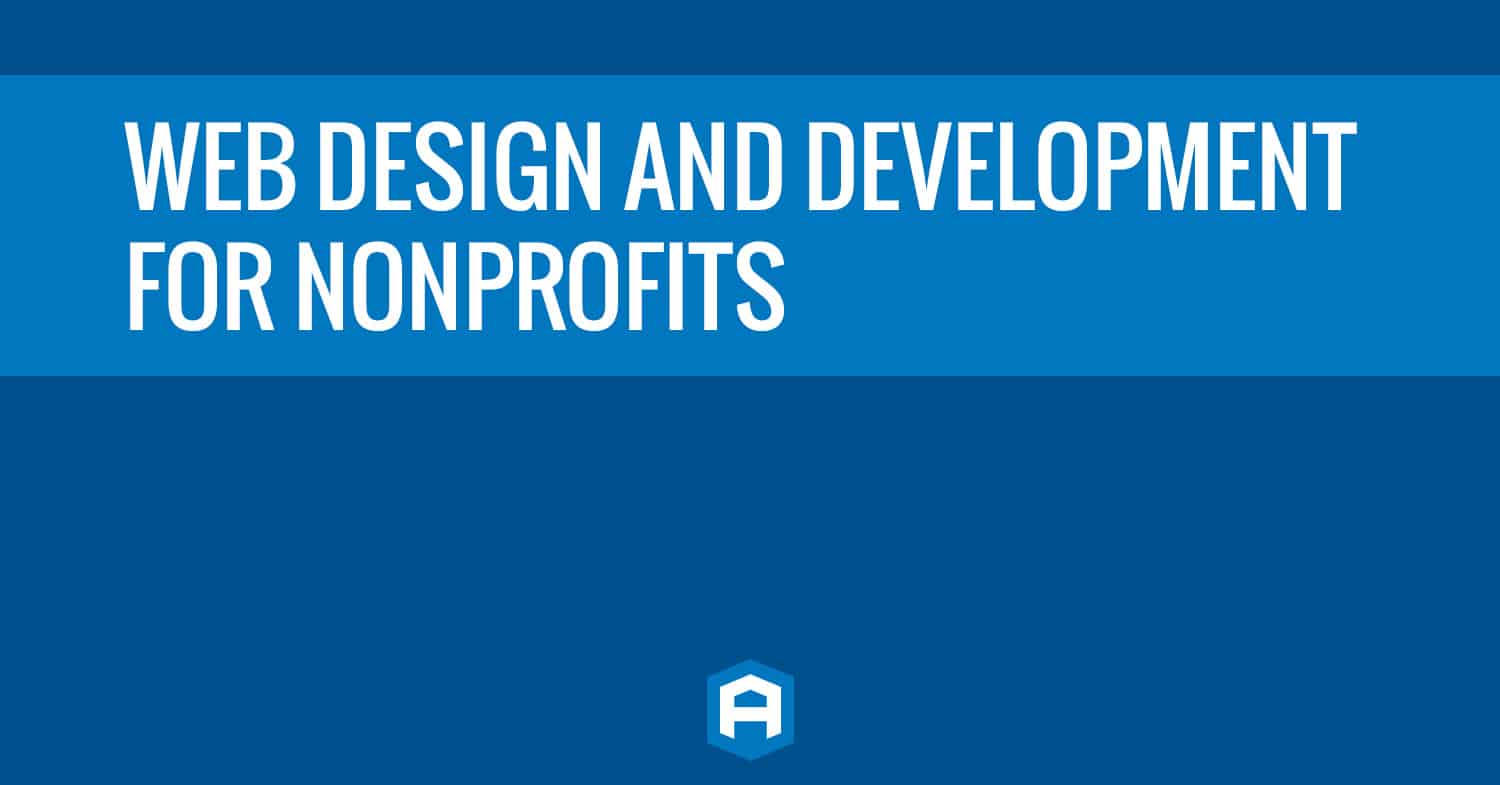Goals
What is the primary goal of creating your website? What are the secondary goals? For many businesses, the primary goal of creating a website is to facilitate business operations or create conversions, and the secondary goal is to inform visitors about what the organization does and how effectively it is done. Keep these goals in mind throughout the entire process of building your site, as it will help keep the project within scope and also increase the effectiveness of your site.
Content
Content is king! Your content ultimately determines the success of your site, so this should be your primary focus when creating a new site or redesigning your current site. When redesigning or updating the content of your site, think about various ways to potentially make your content more engaging and interesting. Could you improve the wording to optimize on certain key terms? Do you have the opportunity to add calls to action to get a visitor to become a conversion?
If you choose not to spend the time creating solid and engaging content for your site, you will most certainly miss opportunities to generate business. Websites designed around content get more traffic than sites which are not. Thanks to Google’s search algorithm changes, sites with more unique and engaging content now rank better in search engines, thus driving more traffic to those sites.
Blogging
Before Twitter and Facebook hit the microblogging scene, blogs used to be one of the biggest trends on the internet. Now, everyone is focused on social media and blogging has generally fallen to the wayside. However, blogs can be an integral part of driving traffic to your site and keeping customers and clients engaged. For example, software development companies generally have blog posts about upcoming changes, new version patch notes, highlighting new features, and answering common questions.
How can you create engaging blog posts as mentioned above to drive conversations about your business? Are you able to create blog posts like this on a consistent basis? If you are unable to generate topics to talk about on a consistent basis, then a blog may not be the solution for you. This problem of wanting to blog but having nothing to talk about is a common problem for many businesses. Before you jumping head first into the fray with a blog, consider if the value it would bring is worth the time and effort. You might find your efforts are better spent on social media and other forms of marketing.
User Experience
Another common problem for some businesses is that they focus too much on the business aspect of running a site and forget about the user experience. User experience can cover many design aspects of a site, such as navigation, fonts, layout of content, and interaction with certain elements of the page. Think about your target audience. What would the typical person in your audience’s demographic most likely be looking for on your website? How can you make it easy for them to find that information? Should that information be on every page of your site or just one page?
Mobile Versions
One of the biggest trends in website development right now is having mobile versions of your website. The goal of having a mobile version of your website is to have important information relevant to your business quickly accessible from a smart phone. For example, restaurants will have their locations and menus as their primary focus of their mobile website. Think about what information people might want to find while viewing your website on a smart phone. If you are unable to think of anything useful to clients and customers besides your location, then do you really need a mobile website?
I hope these five things have given you something to think about when you decide to create or start on a redesign of your website. Keeping these things in mind will help ensure your website fulfills your goals, and will make your visitors/customers happy at the same time.
Blog Categories
Interested in a specific topic? Review the categories below and get the info, news, and tips you need based on your interest!
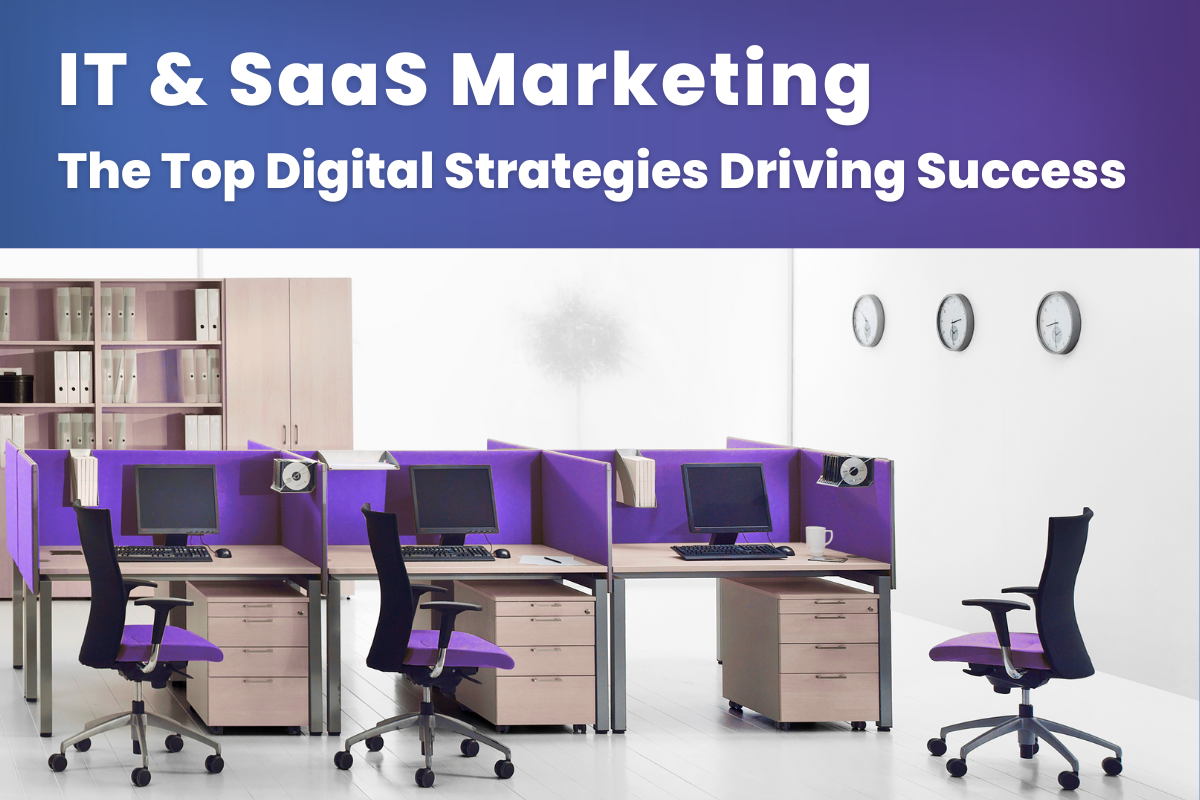
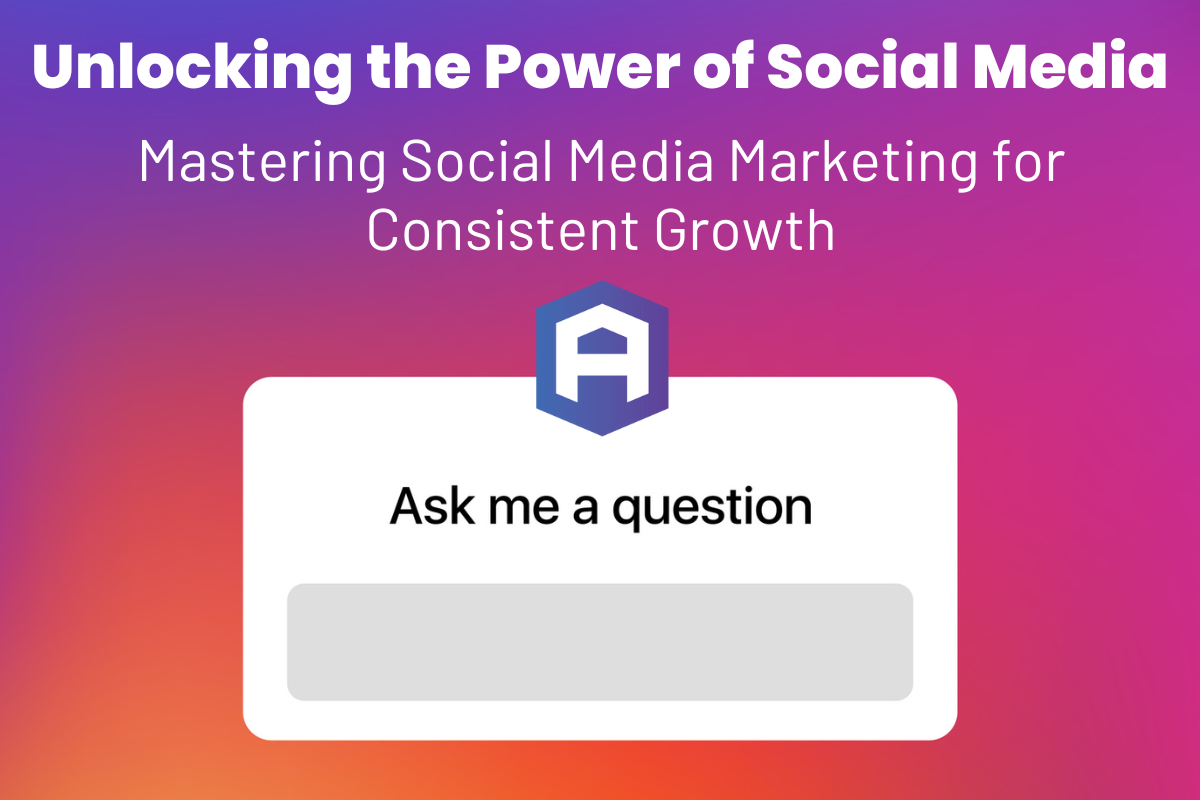


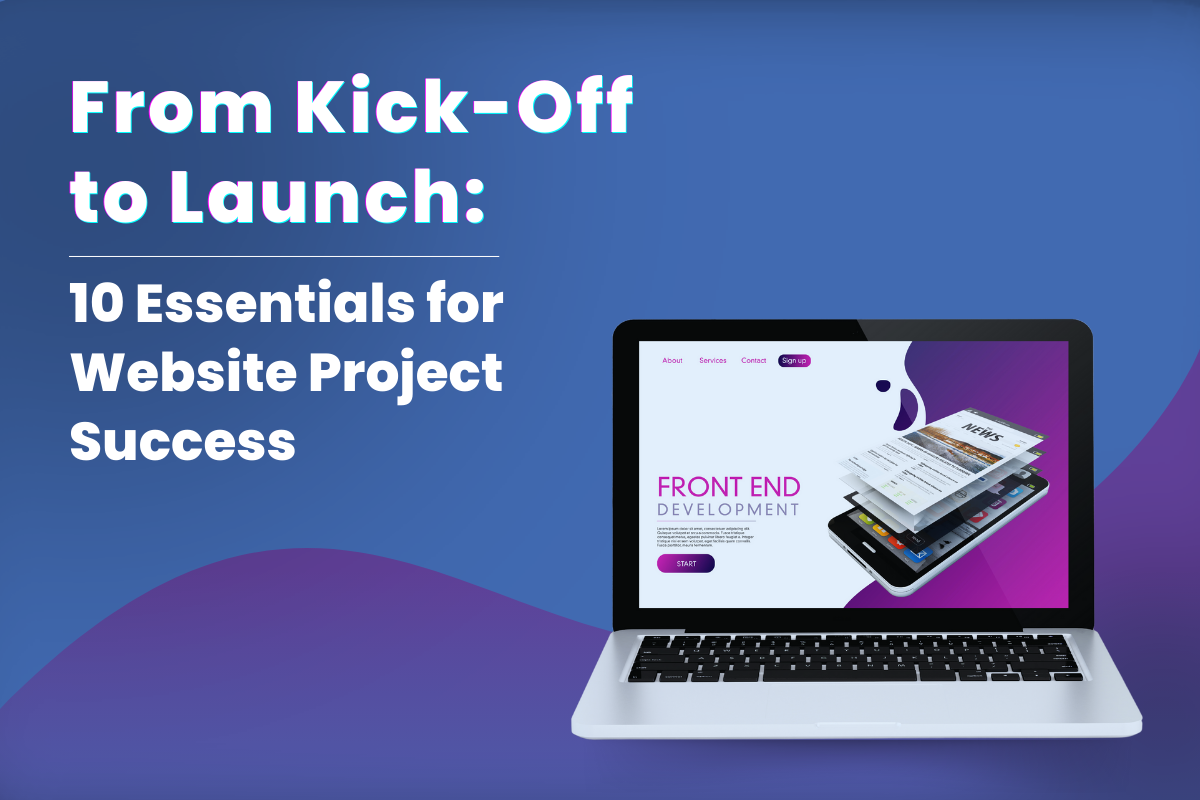

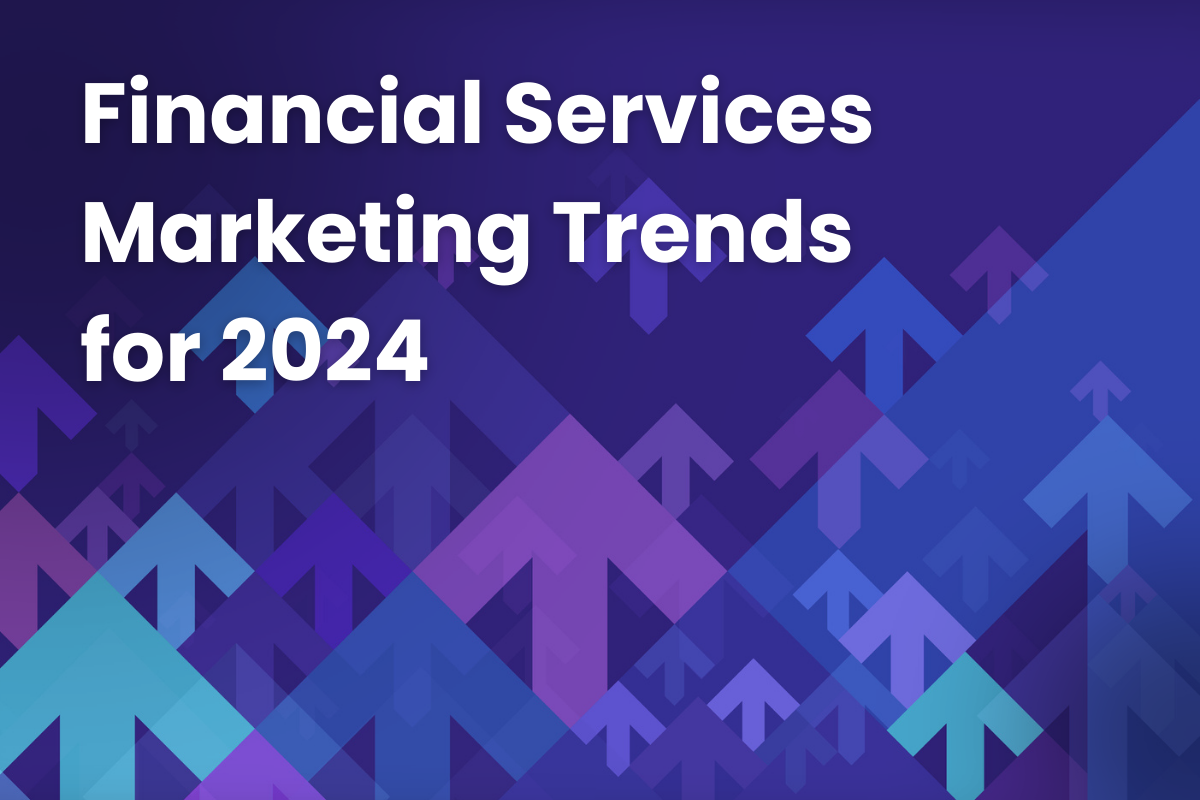
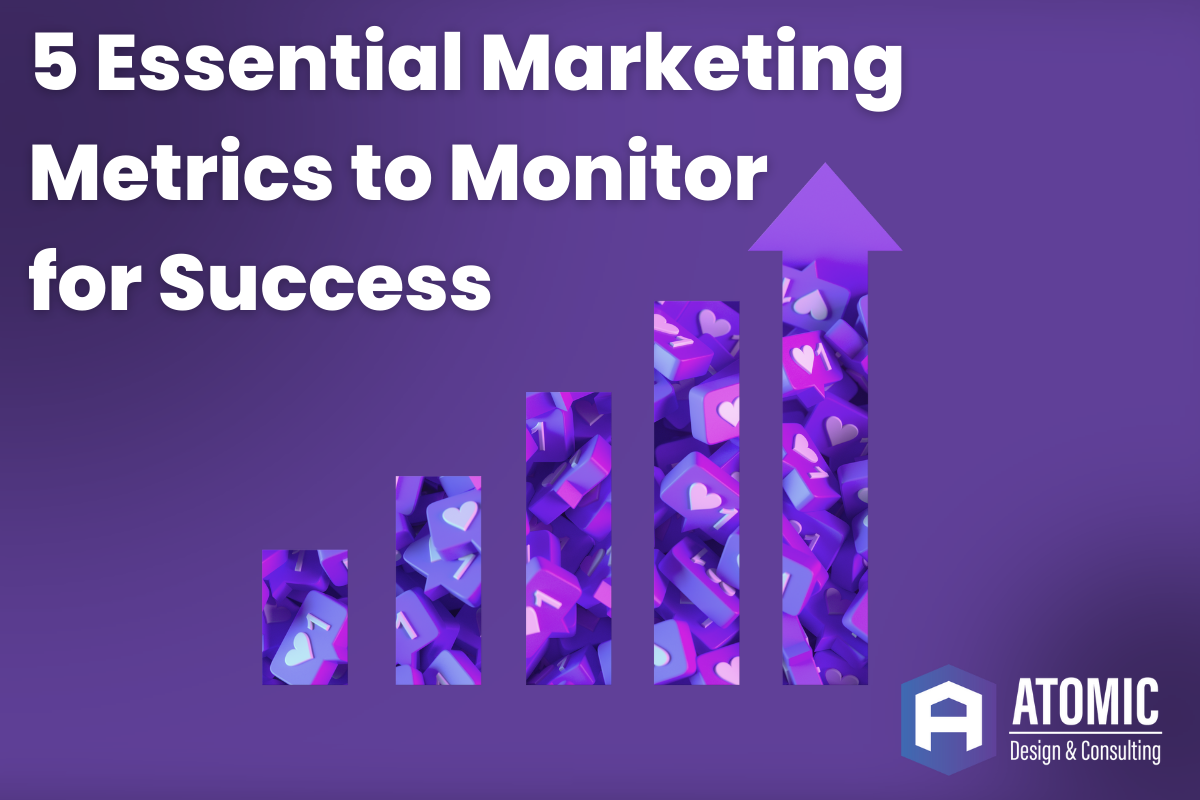
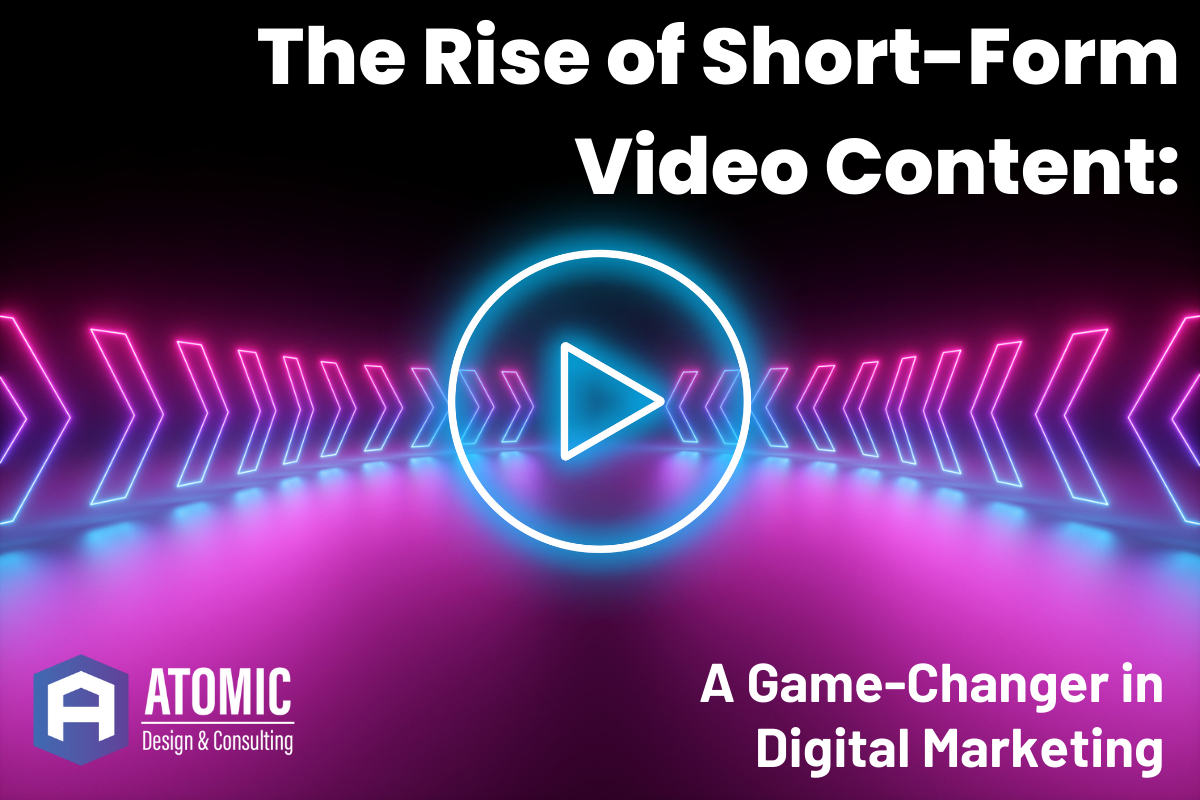
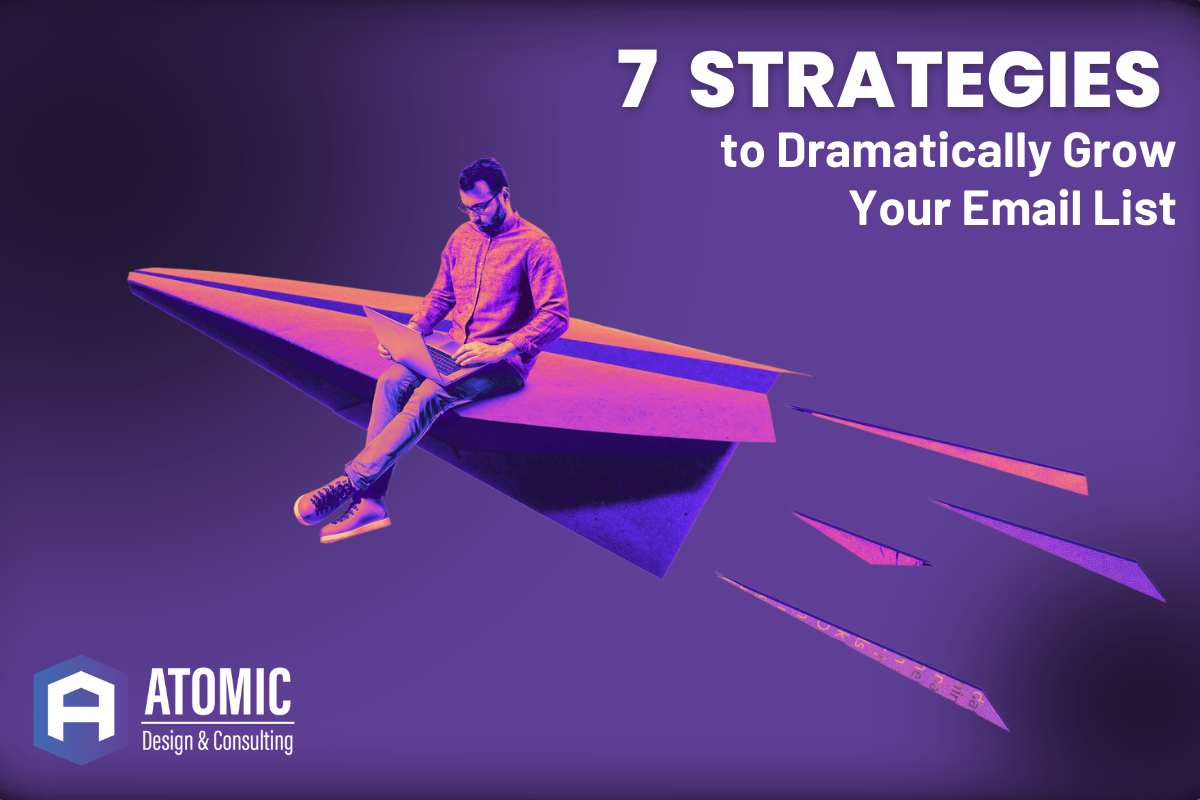
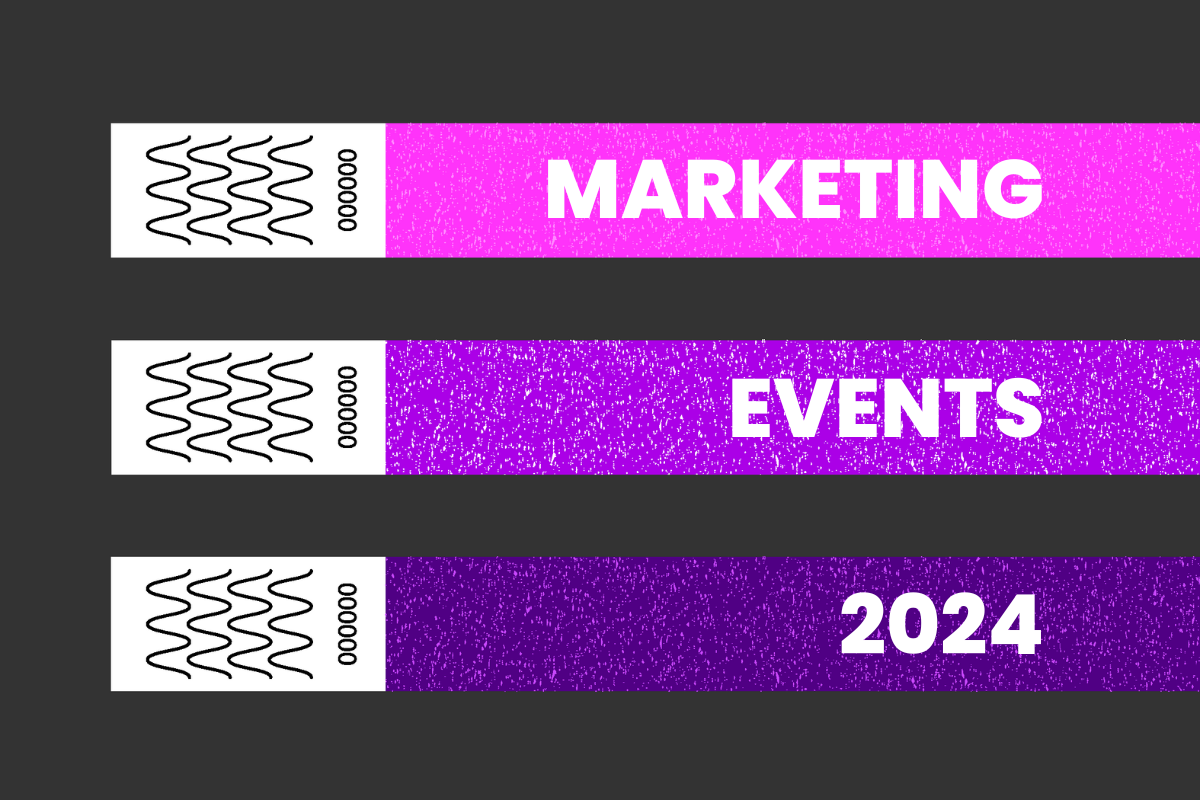










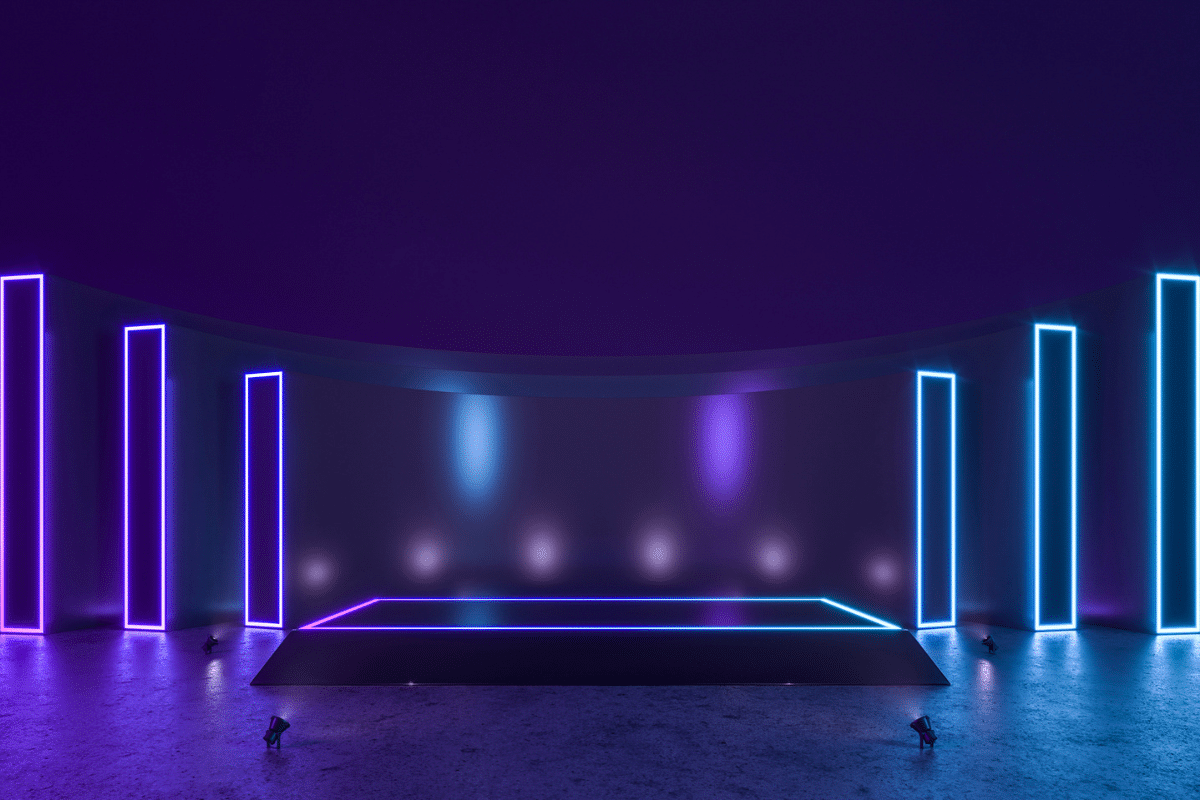


![How Much Should You Budget for Web Design or Redesign? [2020 Update] 26 29](https://www.atomicdc.com/wp-content/uploads/2019/12/29.png)





![HubSpot Partner Day 2019 [Recap] 32 ADC partner day 1200x630 1](https://www.atomicdc.com/wp-content/uploads/2019/09/ADC-partner-day-1200x630-1.jpg)


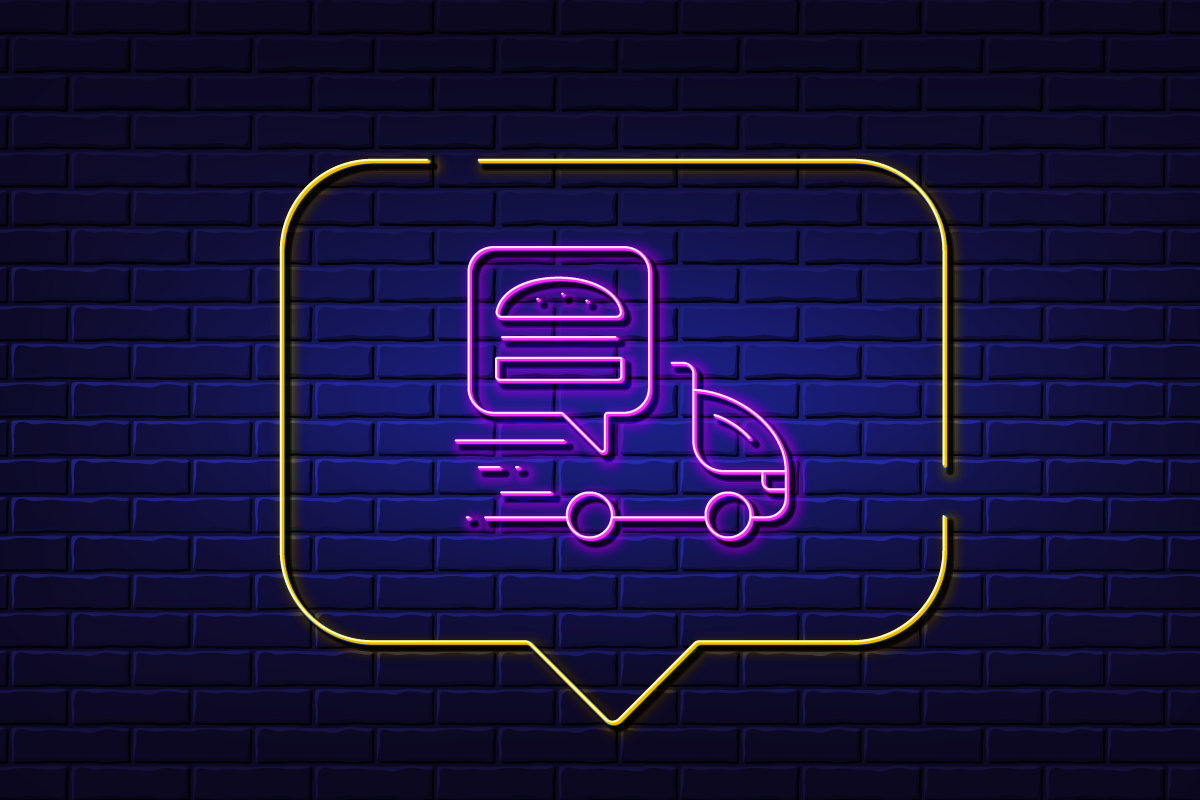
![30 Awesome HubSpot Tools That Won’t Cost You a Dime [Free Inbound Marketing Tools] 36 30 hubspot tools that won't cost you a dime](https://www.atomicdc.com/wp-content/uploads/2019/06/ADC-30-hubspot-tools.jpg)


